Hue Royal Court Music is one of the special cultural heritages of Vietnam, recognized by UNESCO as "Masterpieces of the Oral and Intangible Heritage of Humanity" in 2003. With the combination of music, dance and performing arts, Hue Royal Court Music has become a symbol of Vietnamese Feudalism.
Regal music - used to refer to the combination of Ceremony and Music (ritual and music), was born from the 11th century to the mid-20th century, is a genre of music performed in the Vietnamese royal court on special events such as: coronation ceremonies, official receptions...
Royal court music represents the royalty, majesty and grandeur of the Dynasty. Through each historical period,
Royal Court music was inherited and continued to develop to serve the feudal dynasties. Until now, Vietnamese royal court music is known as
Hue royal court music due to the peak development of this art form under the Nguyen Dynasty in the 19th century.
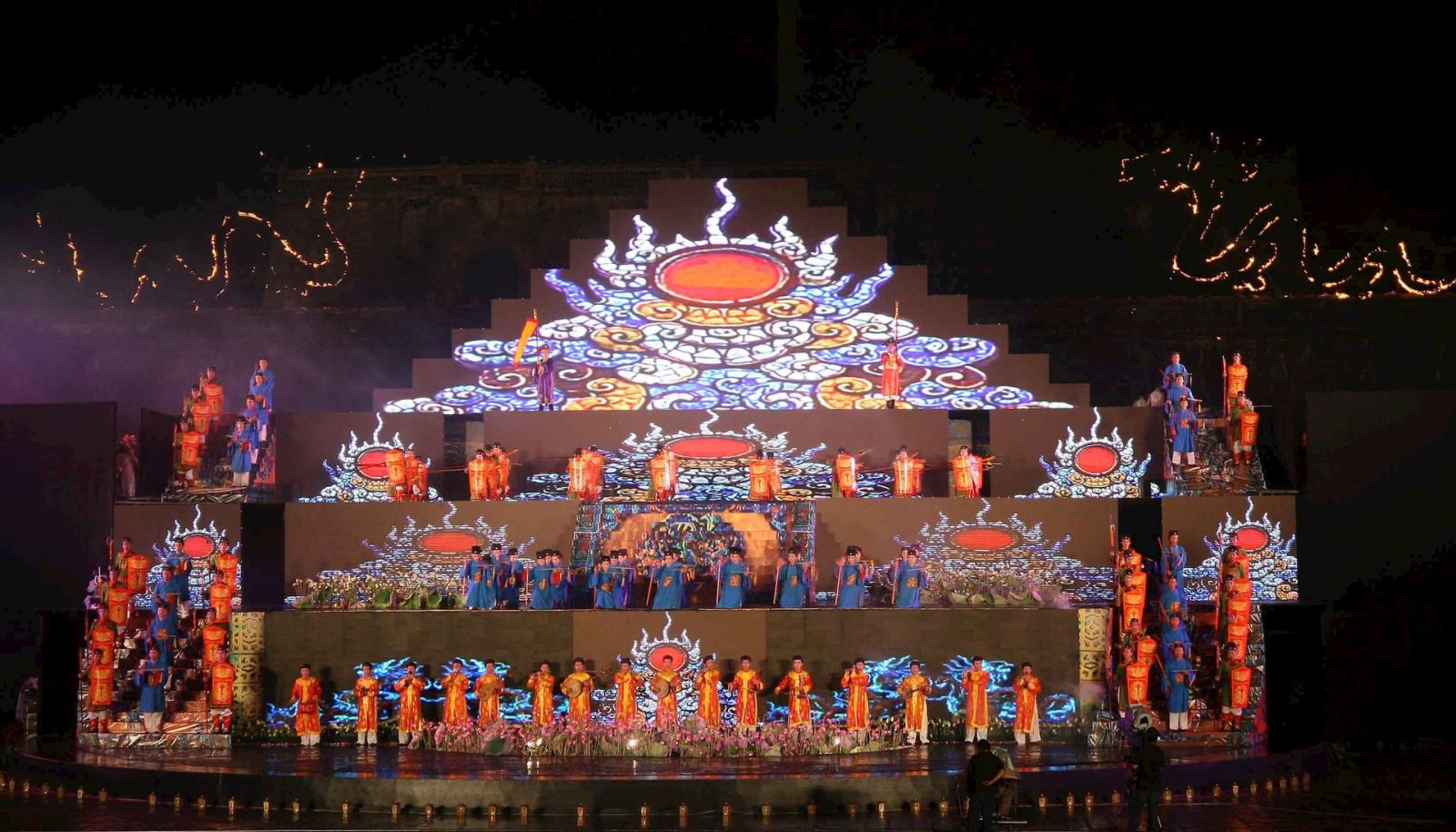
Nguyen Dynasty royal court music used hundreds of musical chapters with lyrics in Chinese characters. Most of the musical chapters were compiled by the Ministry of Rites or the Royal Academy with content suitable for the ceremonies of the Royal Court.
Hue royal court music is large-scale, highly professional and scholarly with many orchestras and large-scale royal music and dance performances, including many types of musical instruments, many actors, musicians, and singers performing. The characteristic of
Royal Court Music is its comprehensive nature for all other musical genres, from ceremonial music, chamber music, theater, and even dances, each of which has its own top artists specializing in creation and performance. The regulations on orchestra size, performance style, and content of the Nha Nhac are all very strict, reflecting the orderliness through very high aesthetic institutions. In the past,
Hue royal court music included many genres: Giao music used in the Giao ceremony; Mieu music used in temple ceremonies; Ngu Tu music used in ceremonies to worship Than Nong, Thanh Hoang, Xa Tac; Dai Trieu music used in major ceremonies or to welcome foreign envoys; Thuong Trieu music used in regular court ceremonies; Yen music used in major banquets in the royal court; Cung music served in the inner palace.
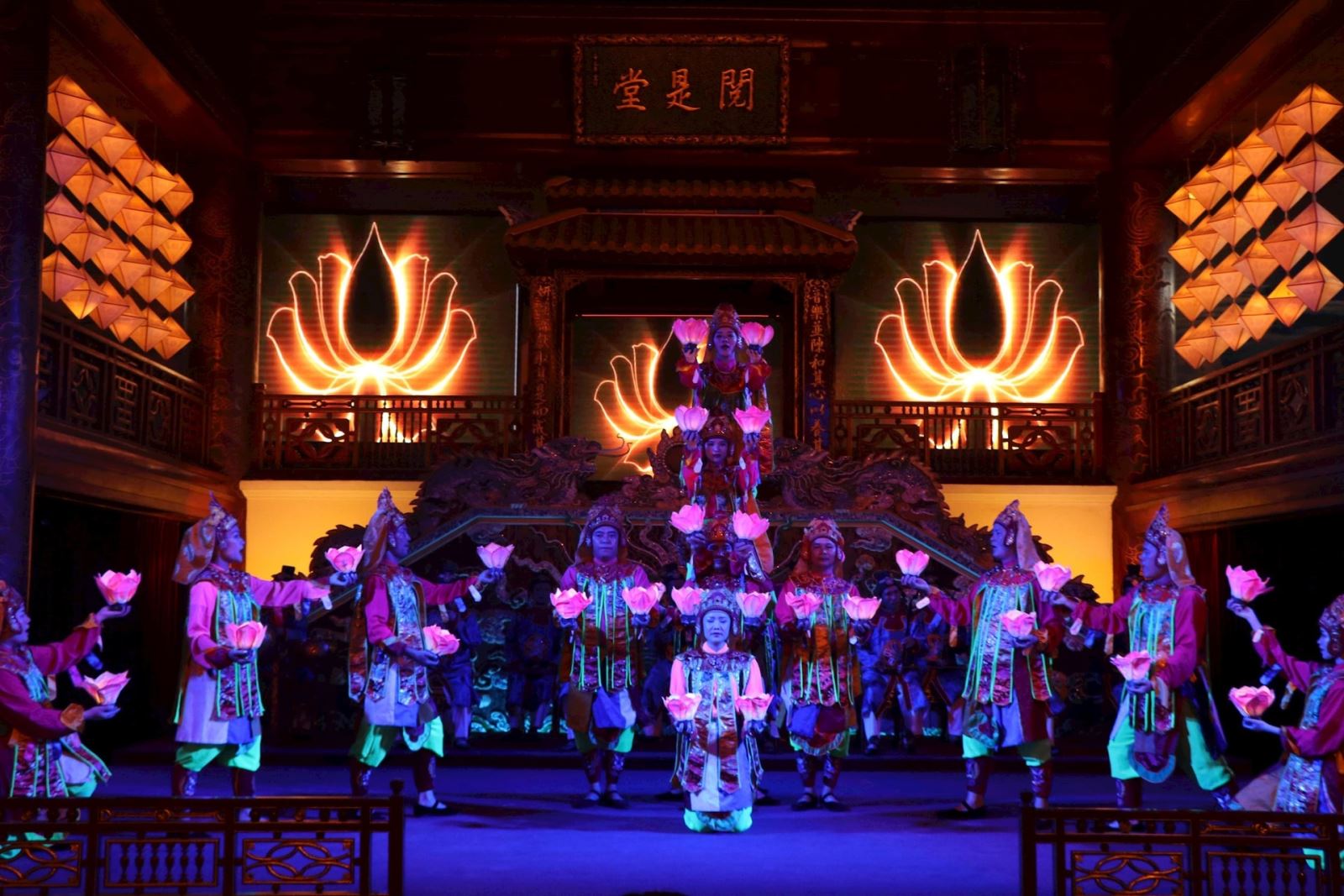 Hue Royal Court Music
Hue Royal Court Music is considered the official music form, the National music, used in all the highest rituals of the
Royal Court. This is a harmonious combination of traditional Vietnamese music with influences from China, India and other Southeast Asian countries. Until the end of the 19th century, due to historical events, the French colonialists invaded Vietnam, the Nguyen Dynasty gradually lost power, leading to the lack of attention, investment and development of
Royal Court music. Many pieces fell into oblivion, the orchestras were reduced and distorted, many orchestras and musical instruments completely disappeared from the Royal Court orchestra.
Hue Royal Court music lost its social function and original performance environment, declined and was at risk of being lost. On August 31, 1945, when the last Emperor of the Nguyen Dynasty abdicated, the
Royal Court music no longer had the opportunity to be used and developed. It was not until the late 20th century that the
Royal Court music was gradually restored.
Hue Royal Court Music is one of the invaluable assets, the pride of the people of Hue and Vietnam. Currently, tourists who want to enjoy this art form can easily find their way to Hue through tours organized by
Hanoi Green Tour.
 Nguyen Dynasty royal court music used hundreds of musical chapters with lyrics in Chinese characters. Most of the musical chapters were compiled by the Ministry of Rites or the Royal Academy with content suitable for the ceremonies of the Royal Court.
Nguyen Dynasty royal court music used hundreds of musical chapters with lyrics in Chinese characters. Most of the musical chapters were compiled by the Ministry of Rites or the Royal Academy with content suitable for the ceremonies of the Royal Court. Hue Royal Court Music is considered the official music form, the National music, used in all the highest rituals of the Royal Court. This is a harmonious combination of traditional Vietnamese music with influences from China, India and other Southeast Asian countries. Until the end of the 19th century, due to historical events, the French colonialists invaded Vietnam, the Nguyen Dynasty gradually lost power, leading to the lack of attention, investment and development of Royal Court music. Many pieces fell into oblivion, the orchestras were reduced and distorted, many orchestras and musical instruments completely disappeared from the Royal Court orchestra. Hue Royal Court music lost its social function and original performance environment, declined and was at risk of being lost. On August 31, 1945, when the last Emperor of the Nguyen Dynasty abdicated, the Royal Court music no longer had the opportunity to be used and developed. It was not until the late 20th century that the Royal Court music was gradually restored.
Hue Royal Court Music is considered the official music form, the National music, used in all the highest rituals of the Royal Court. This is a harmonious combination of traditional Vietnamese music with influences from China, India and other Southeast Asian countries. Until the end of the 19th century, due to historical events, the French colonialists invaded Vietnam, the Nguyen Dynasty gradually lost power, leading to the lack of attention, investment and development of Royal Court music. Many pieces fell into oblivion, the orchestras were reduced and distorted, many orchestras and musical instruments completely disappeared from the Royal Court orchestra. Hue Royal Court music lost its social function and original performance environment, declined and was at risk of being lost. On August 31, 1945, when the last Emperor of the Nguyen Dynasty abdicated, the Royal Court music no longer had the opportunity to be used and developed. It was not until the late 20th century that the Royal Court music was gradually restored.








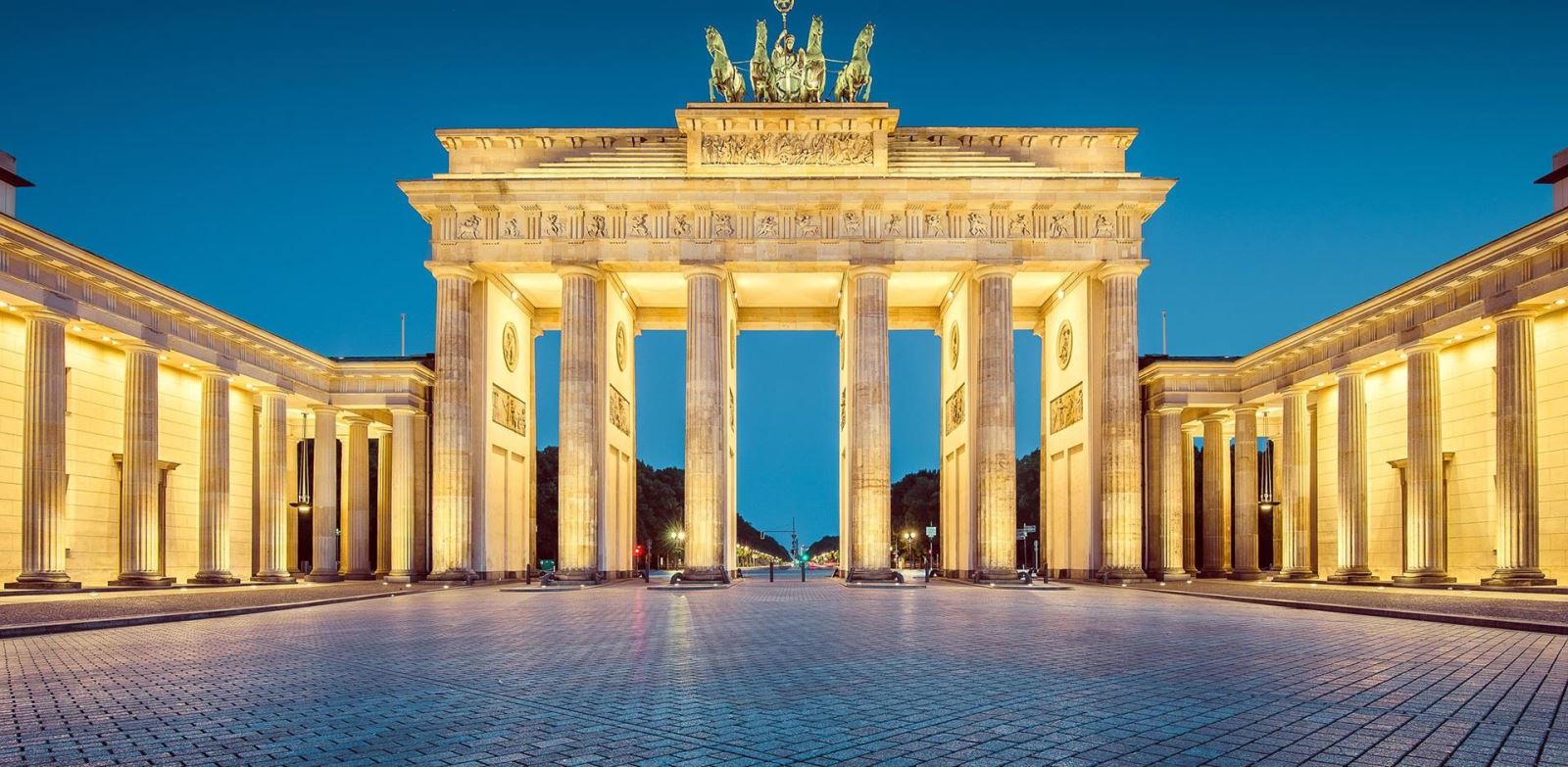
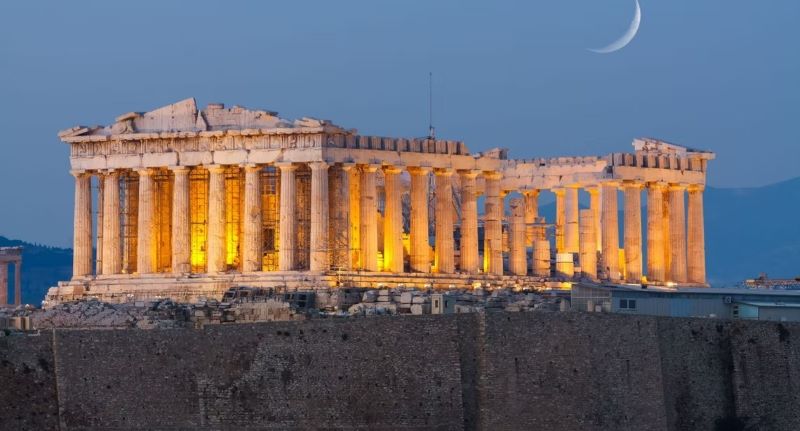

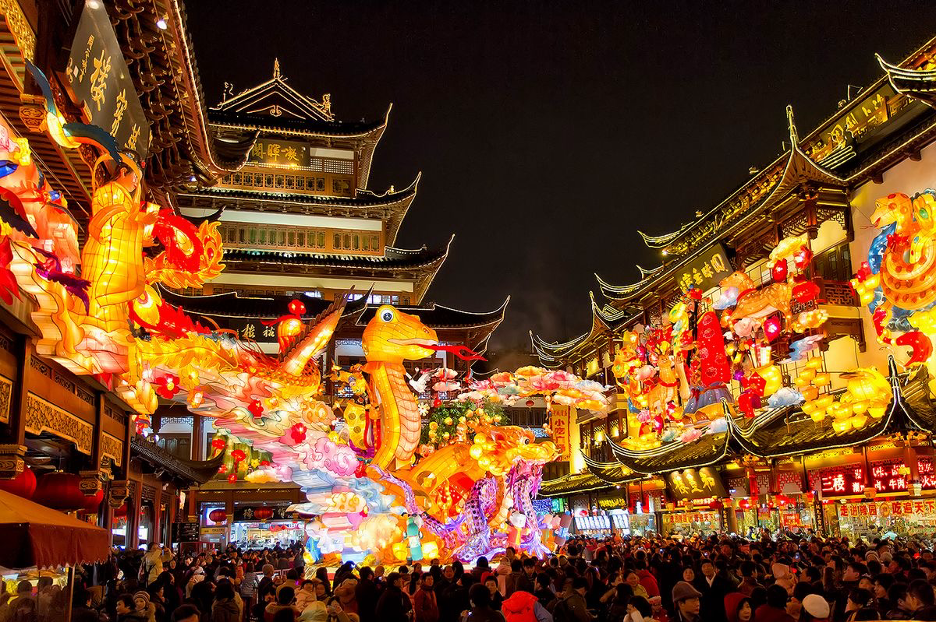












.jpg)









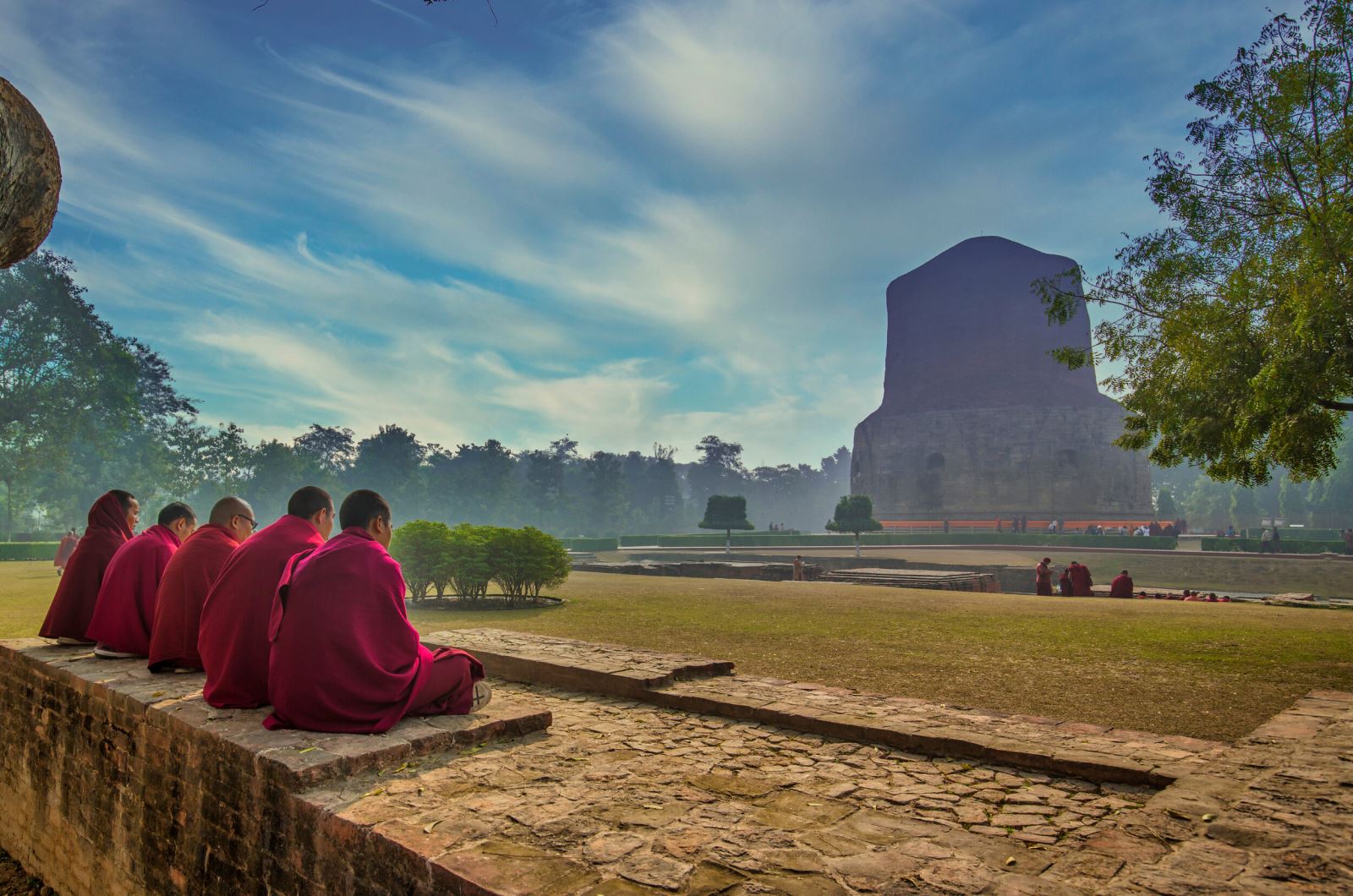



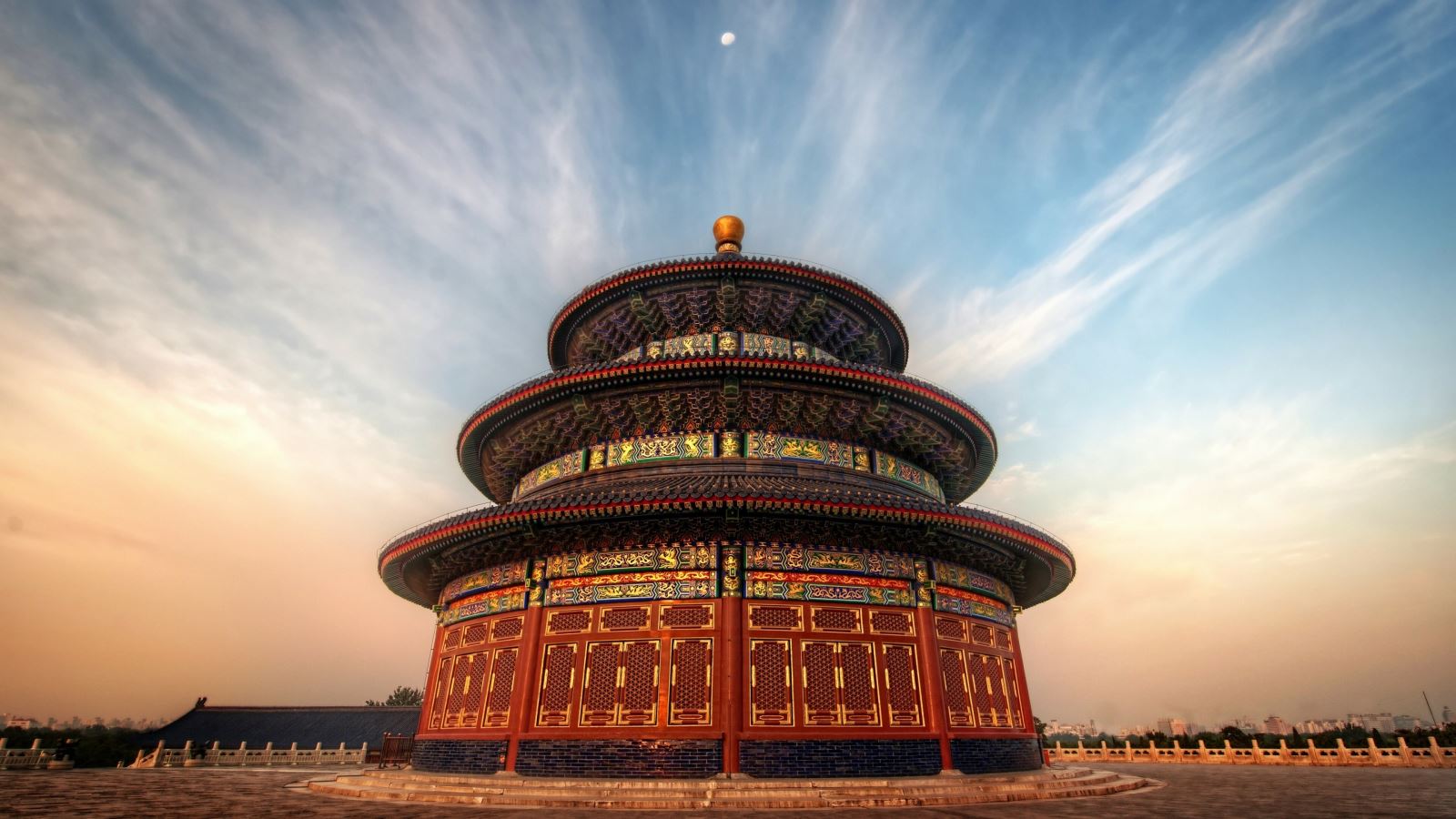
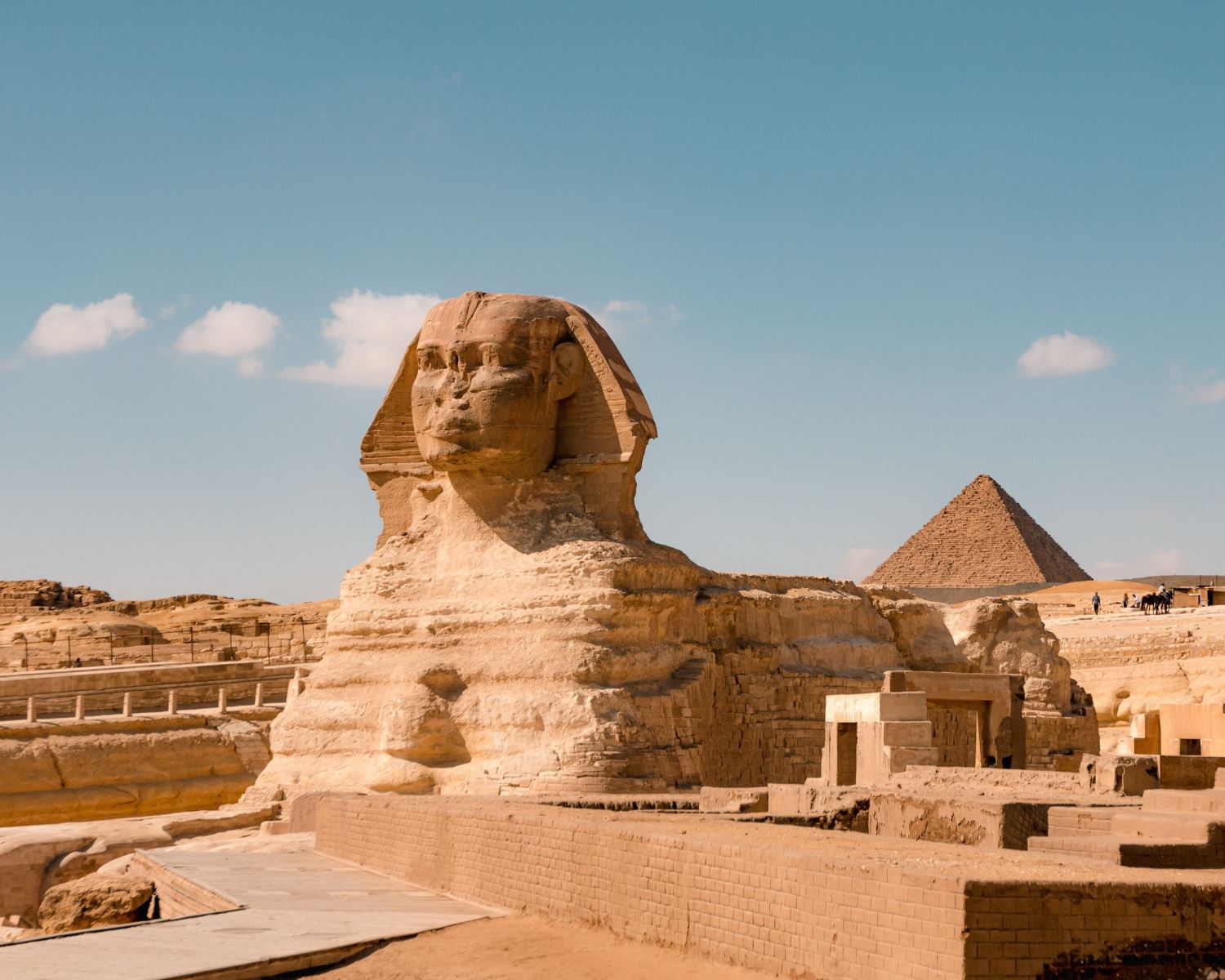




.png)




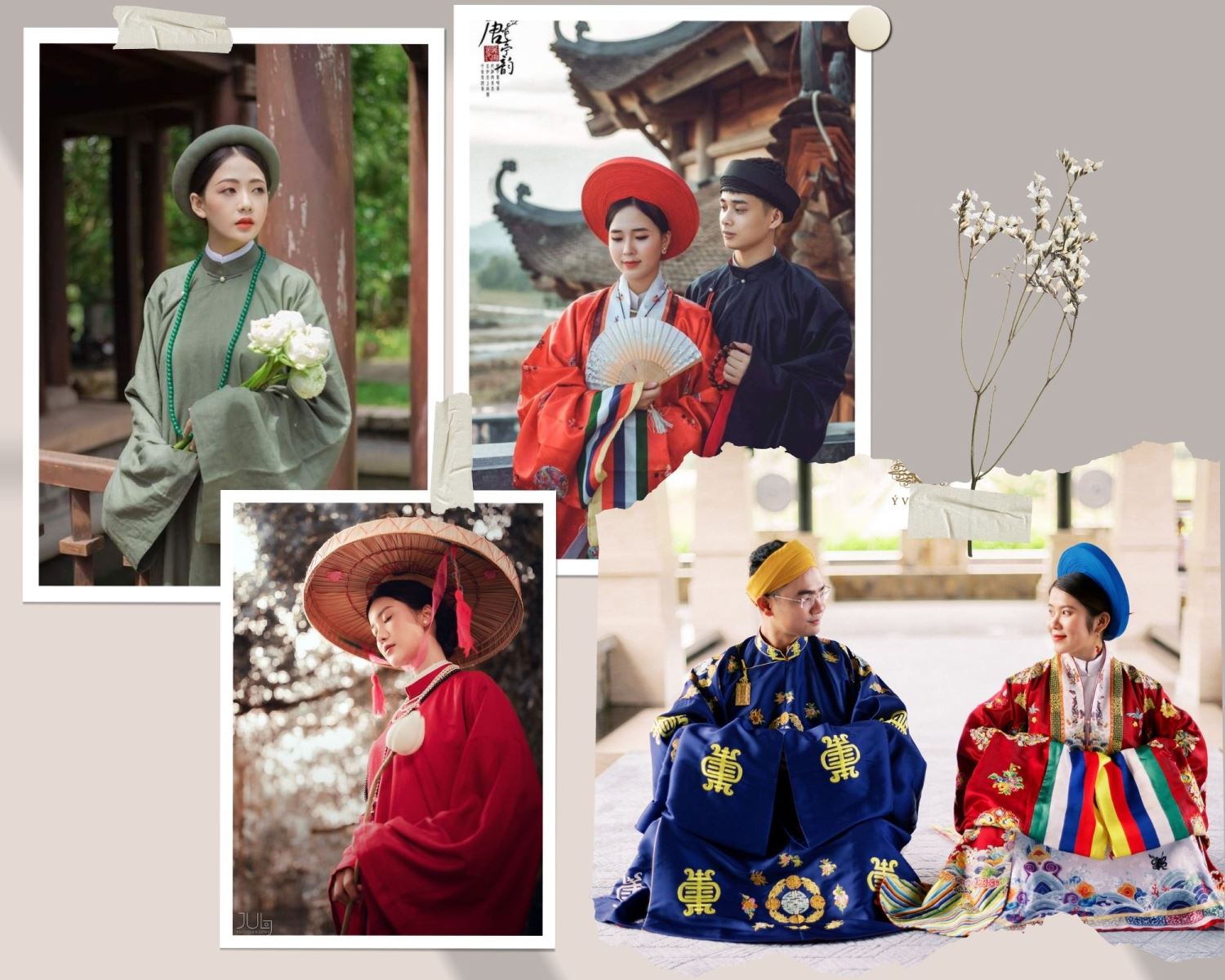








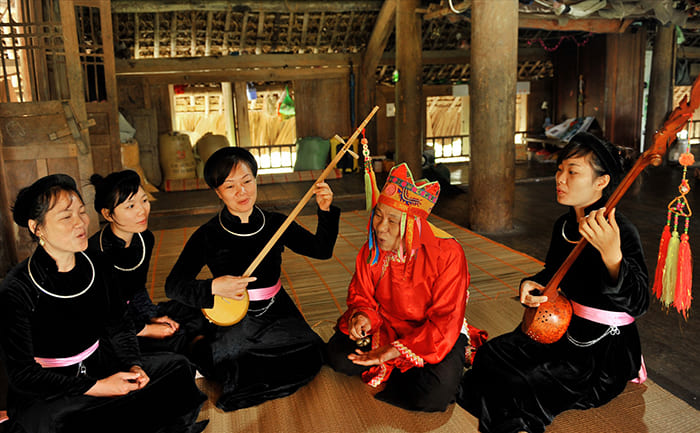
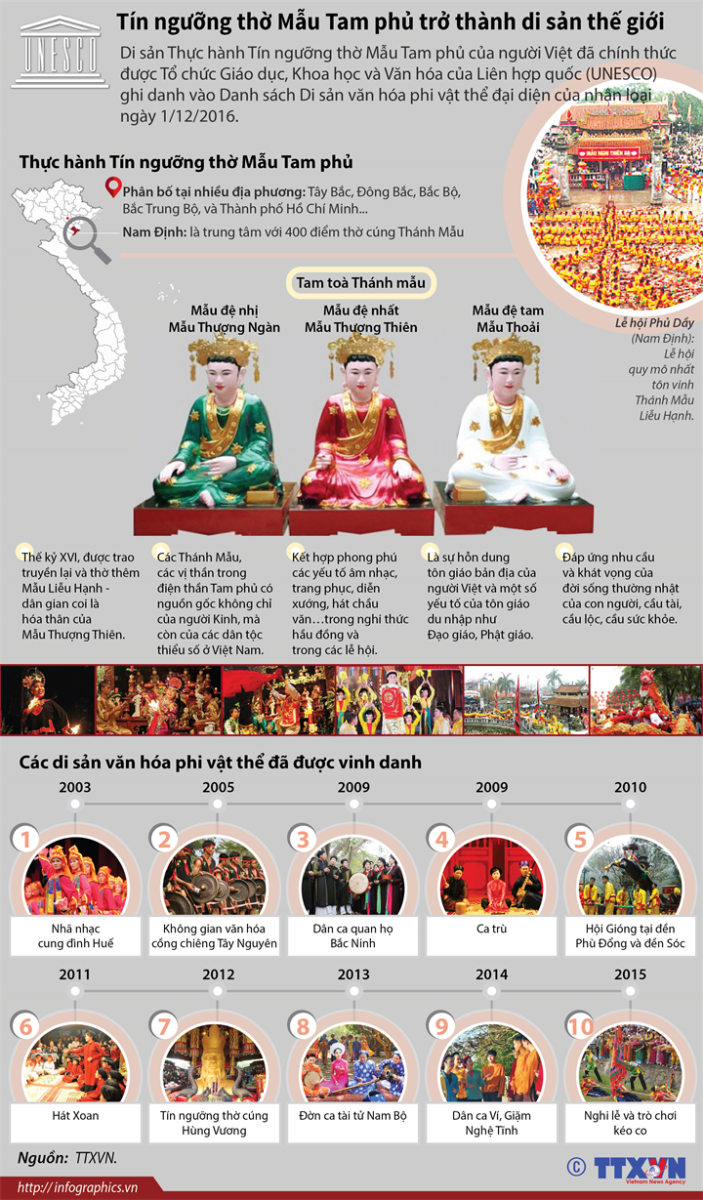
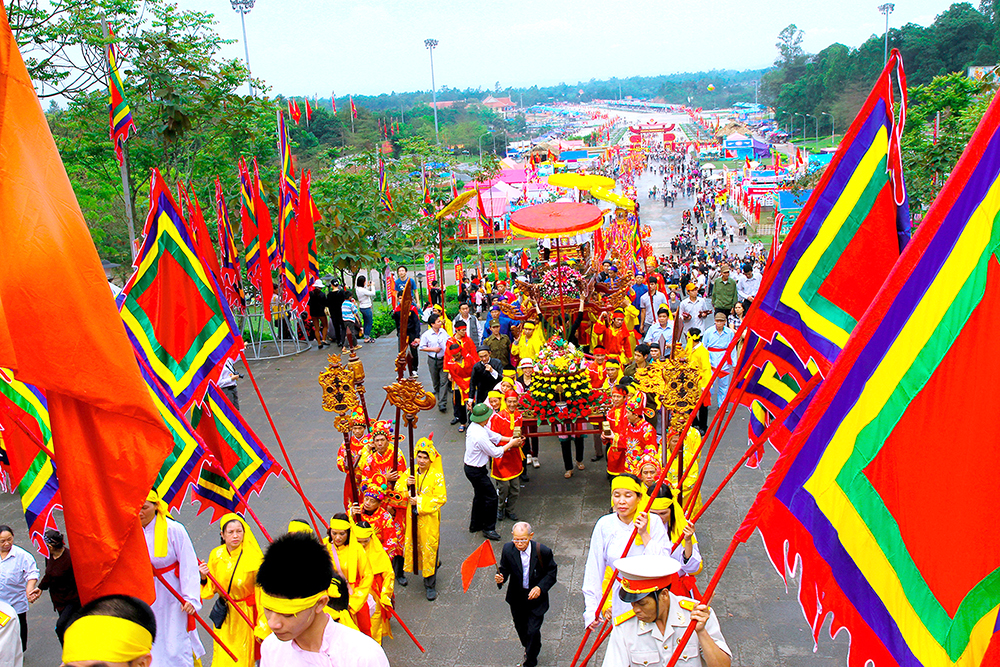
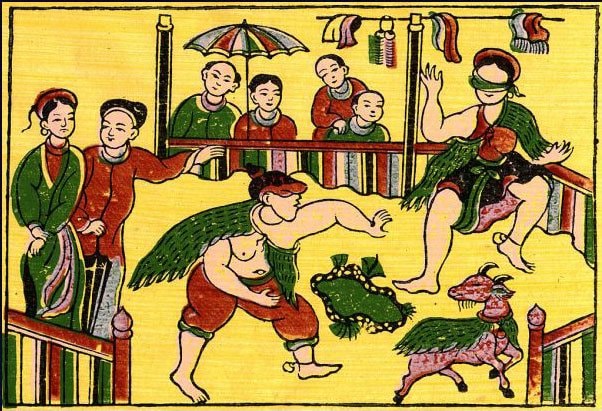


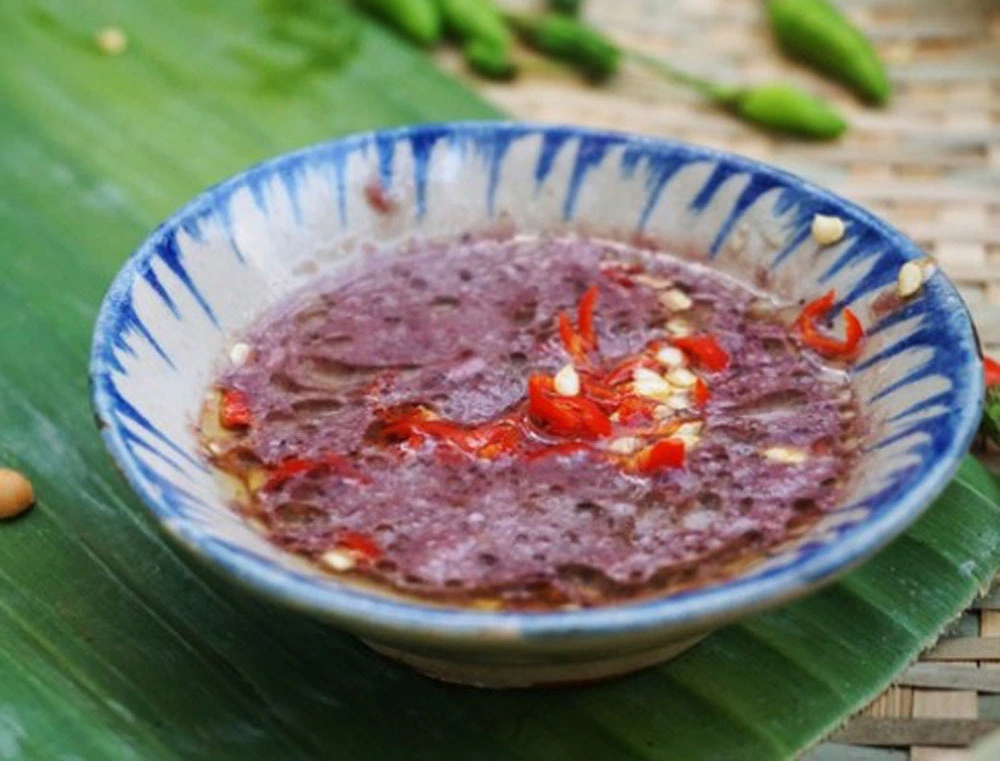
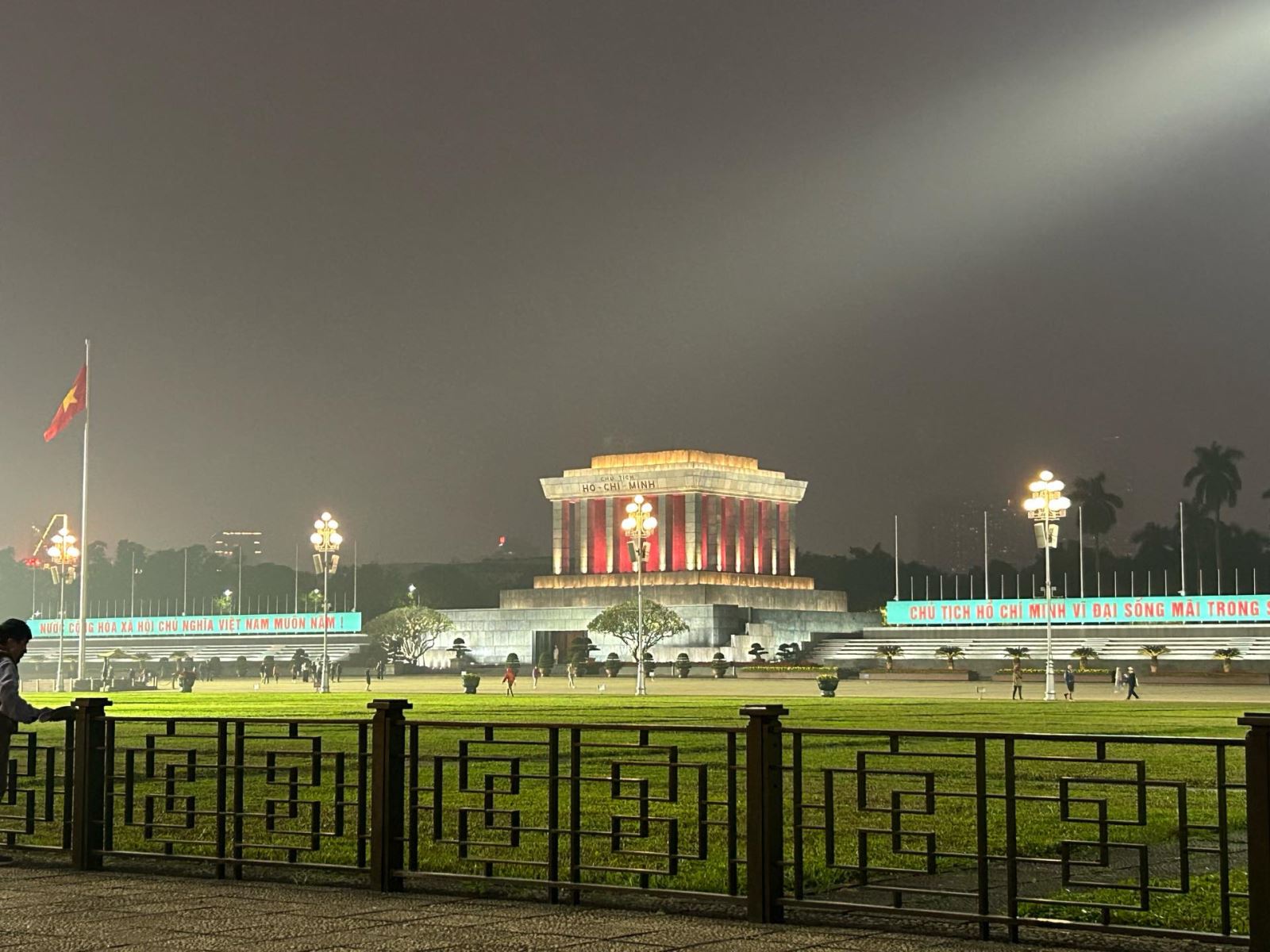
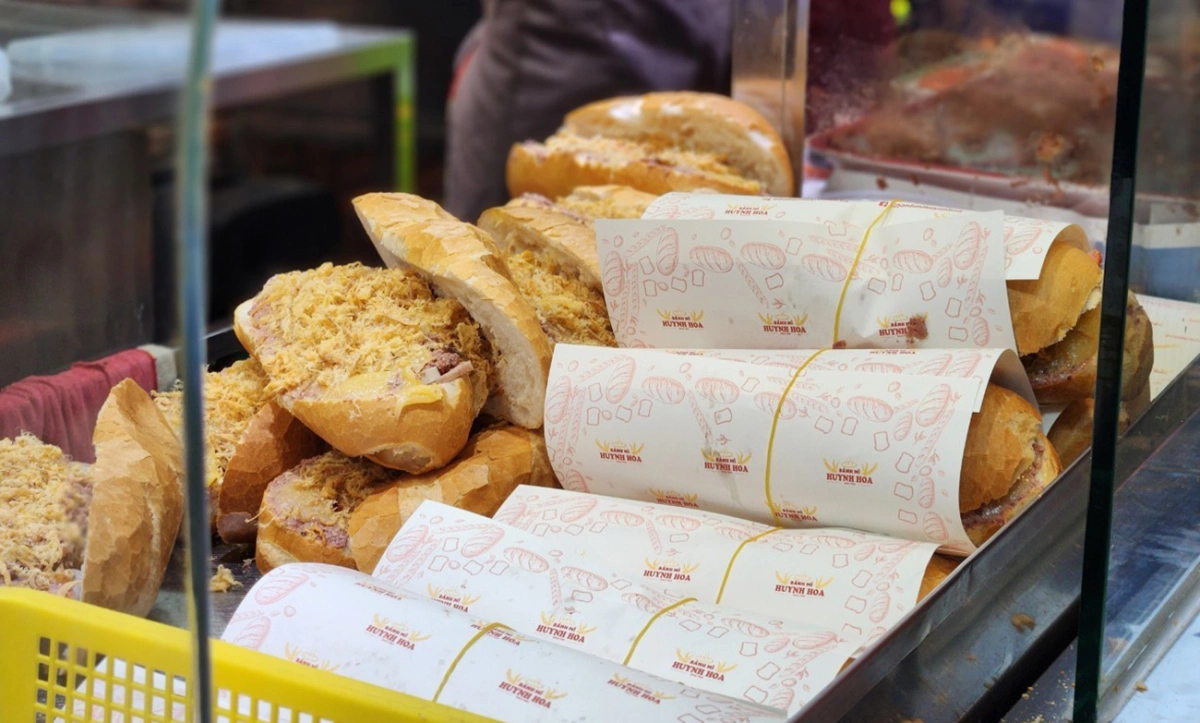





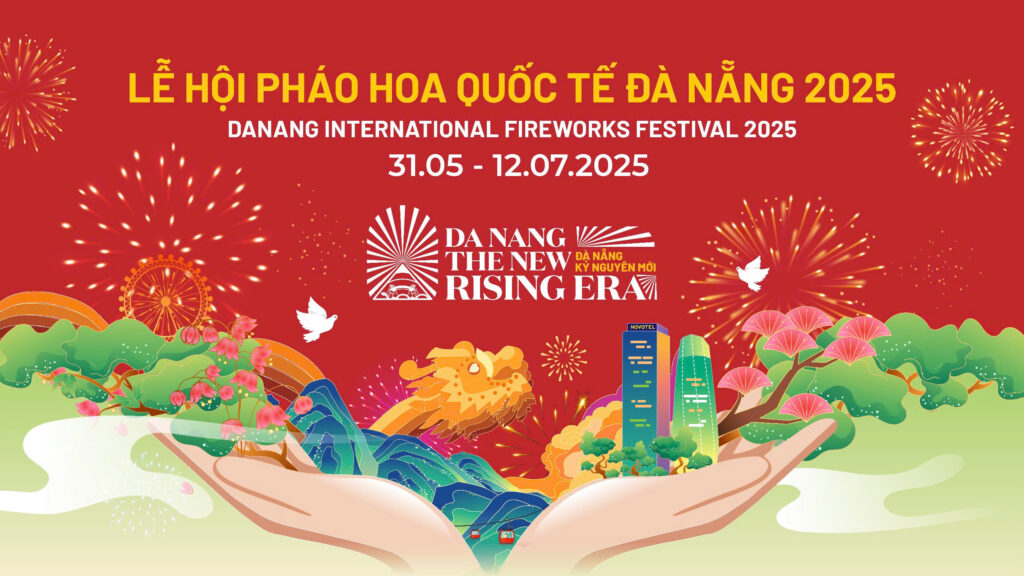
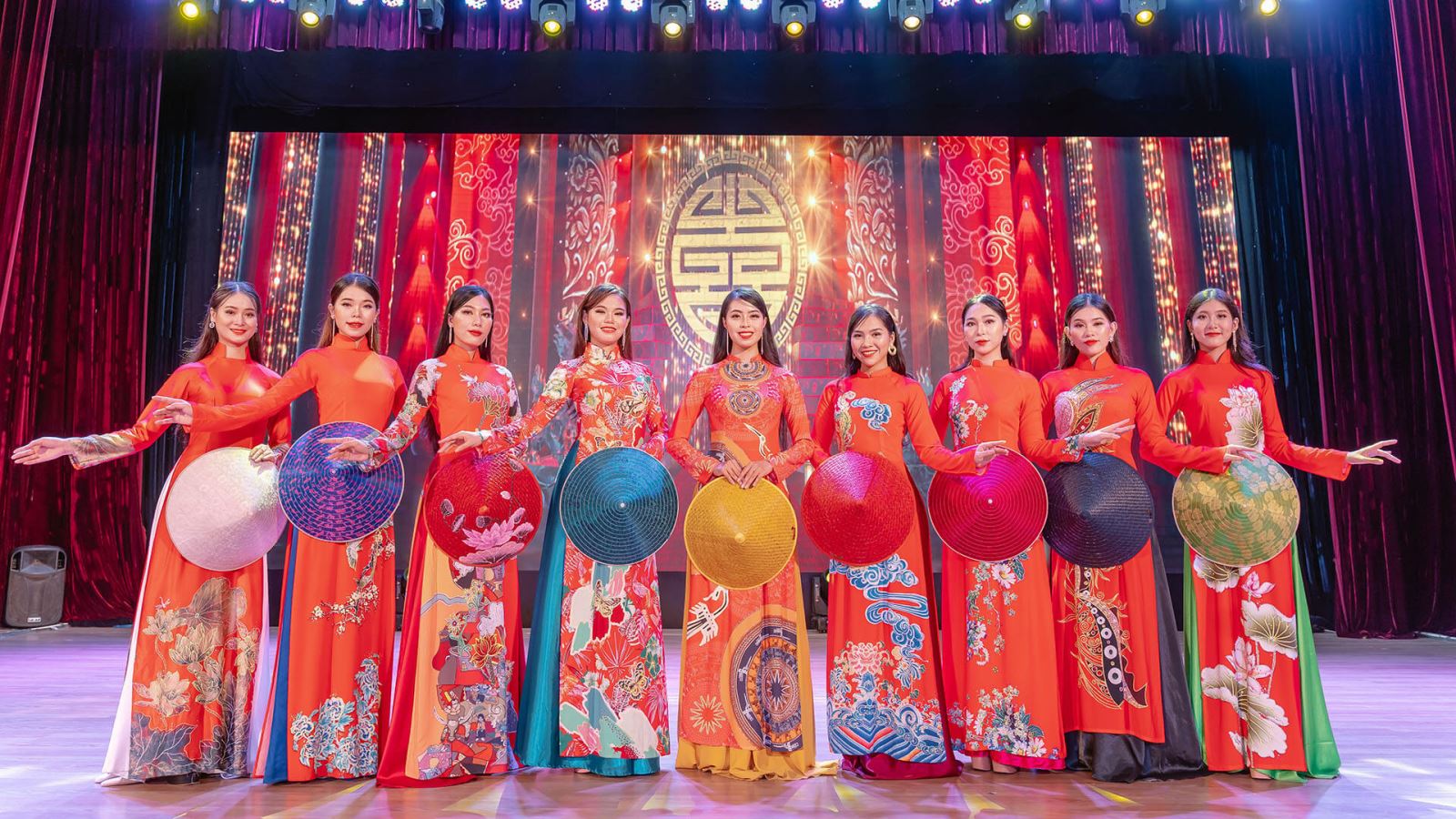



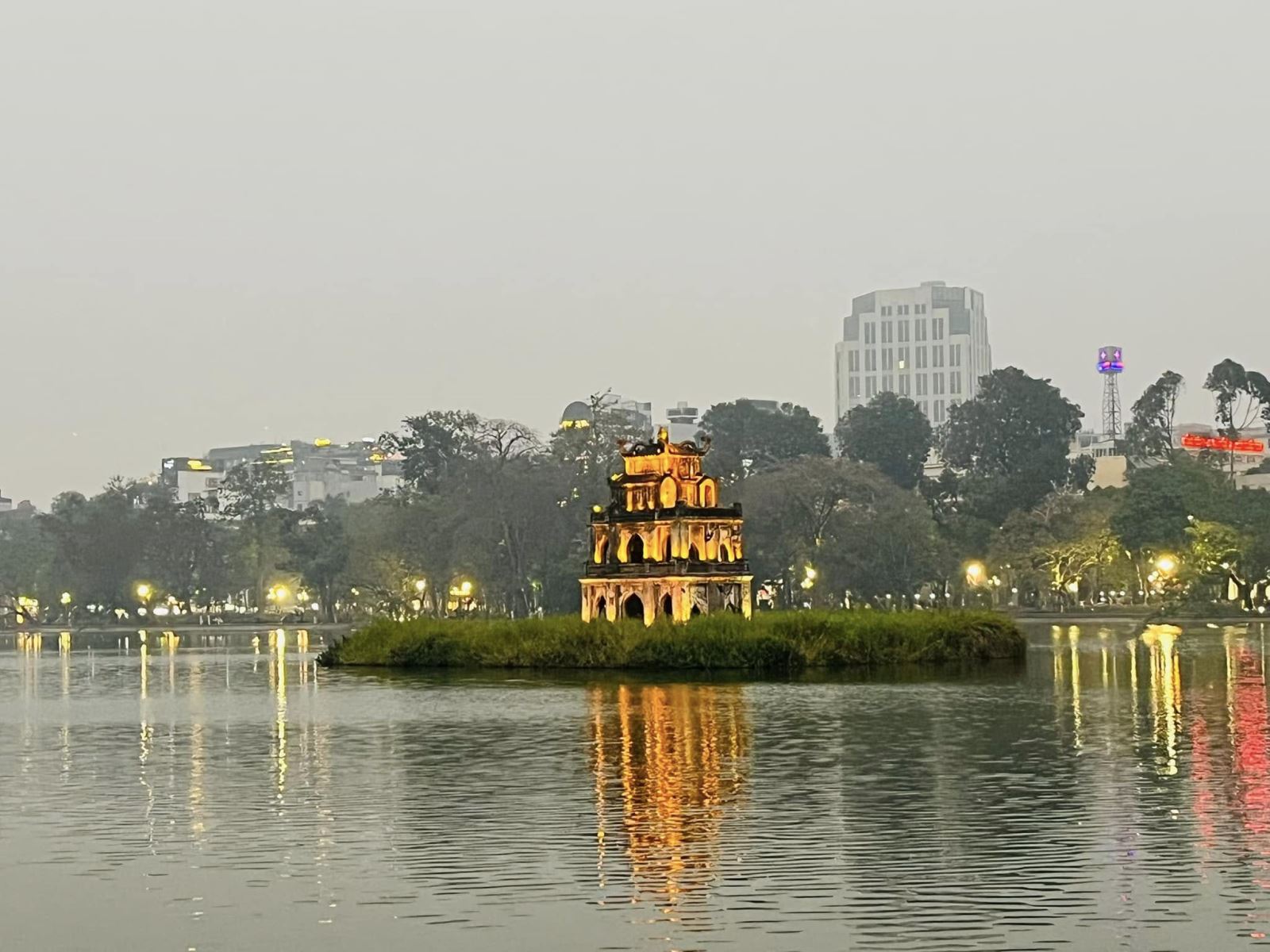
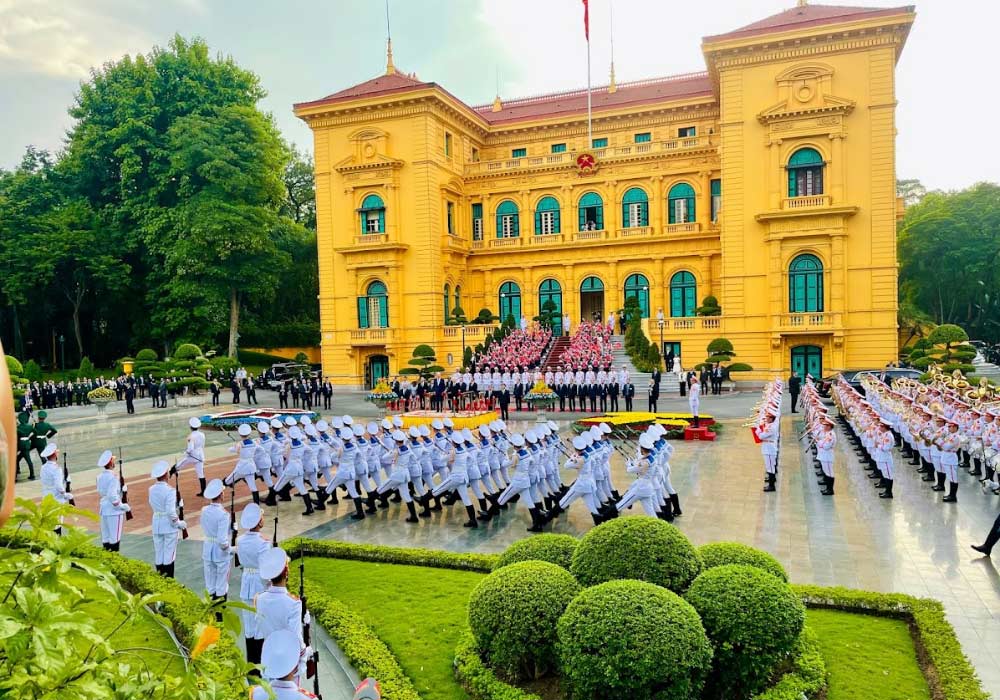




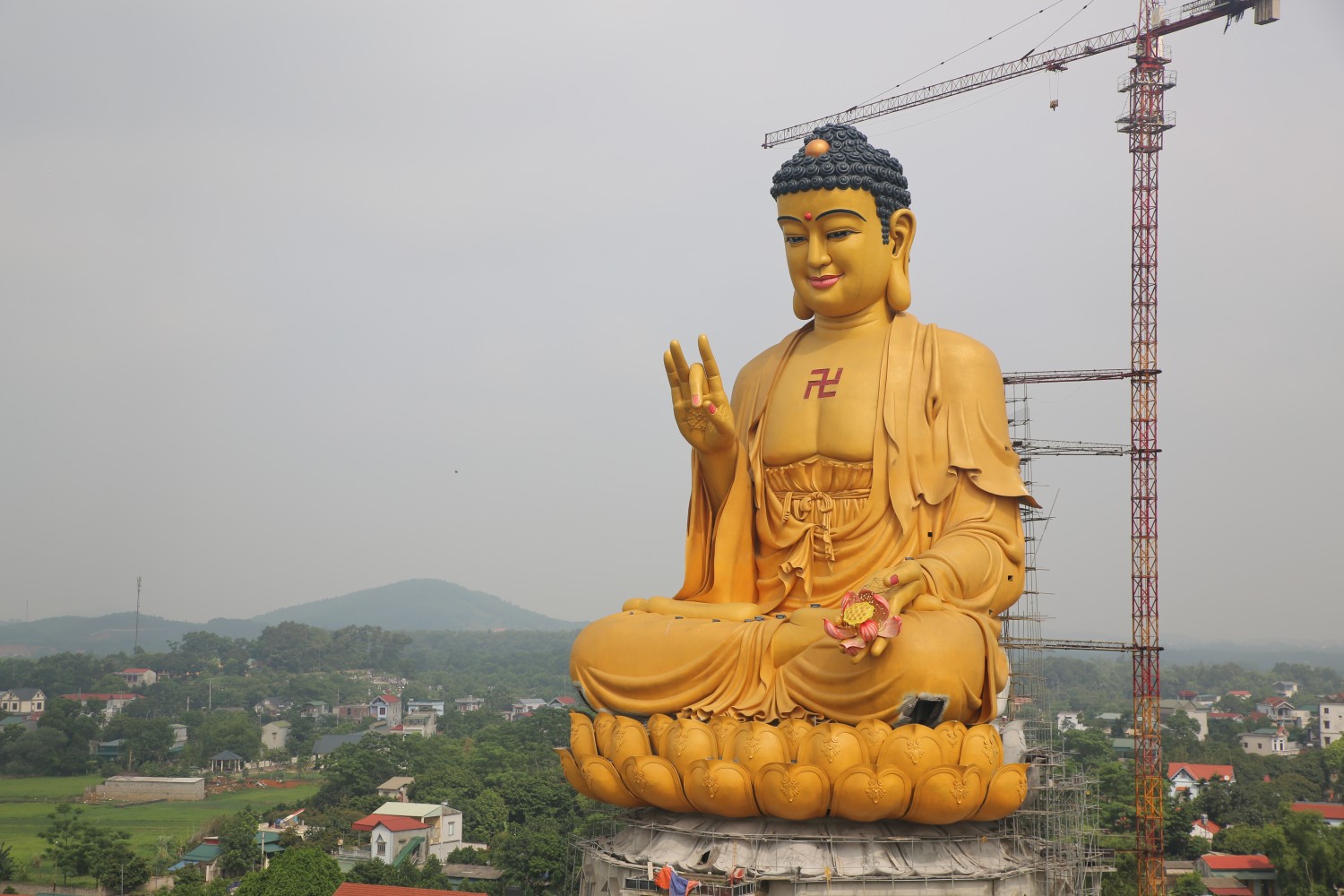

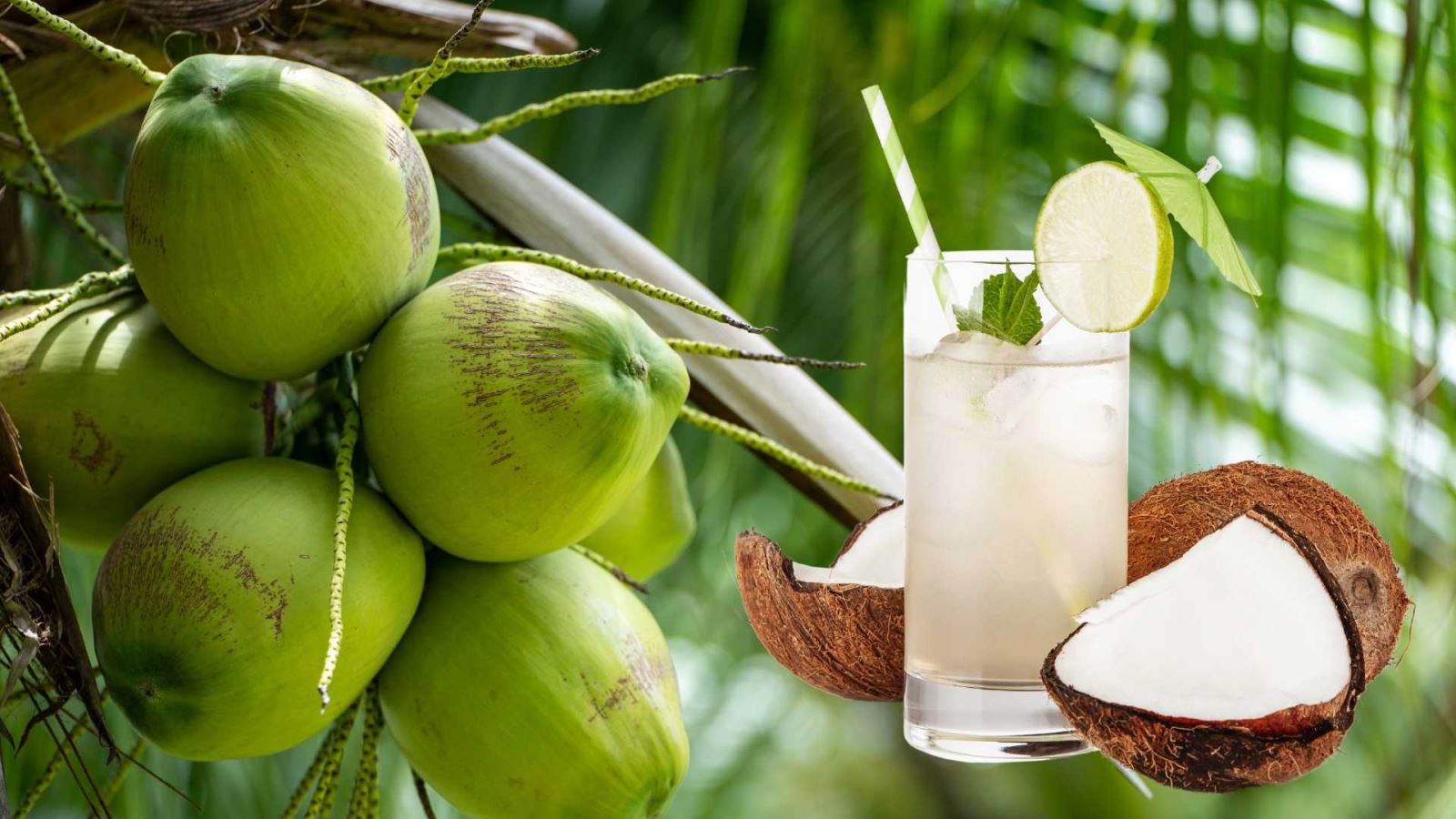
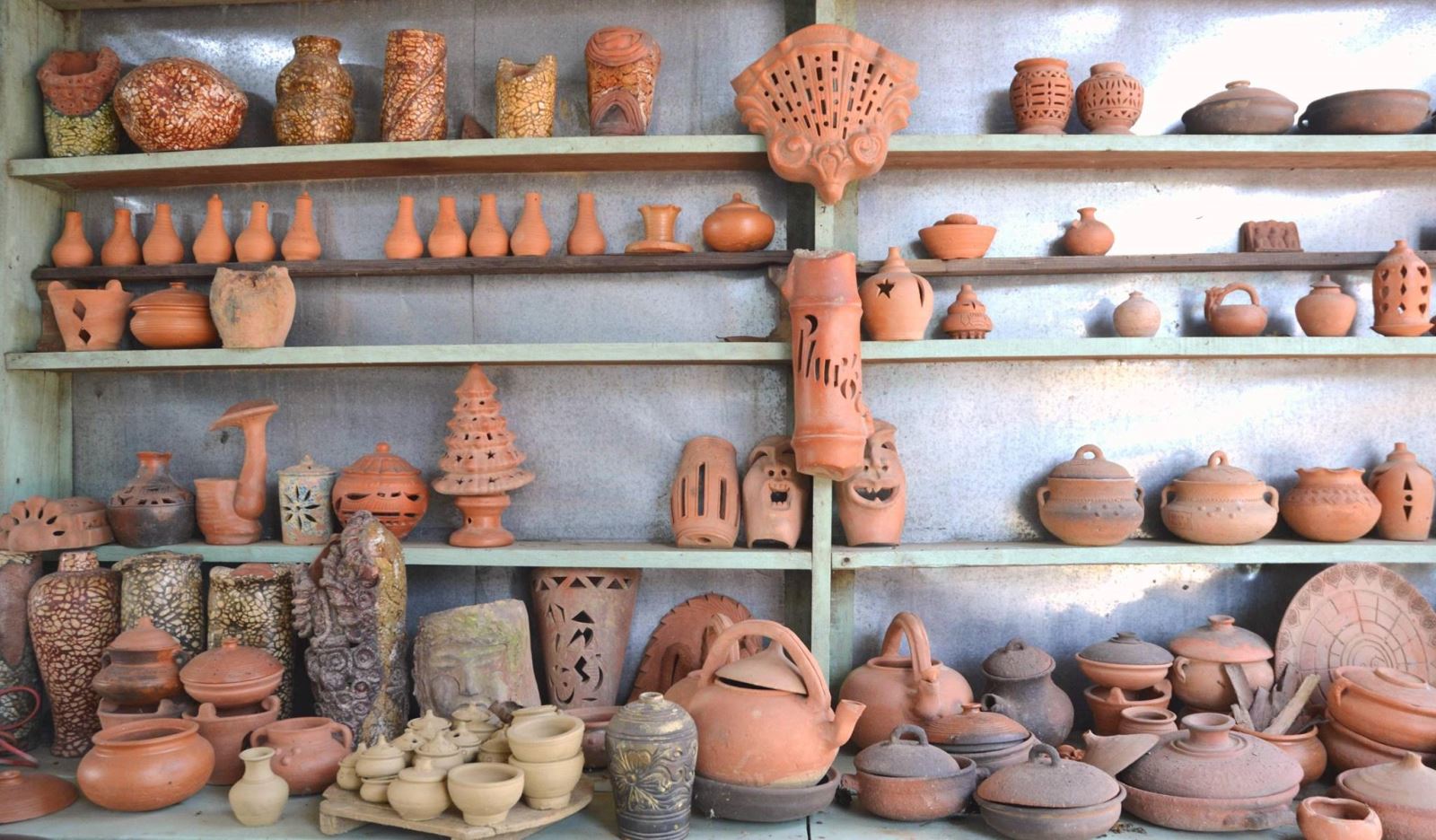

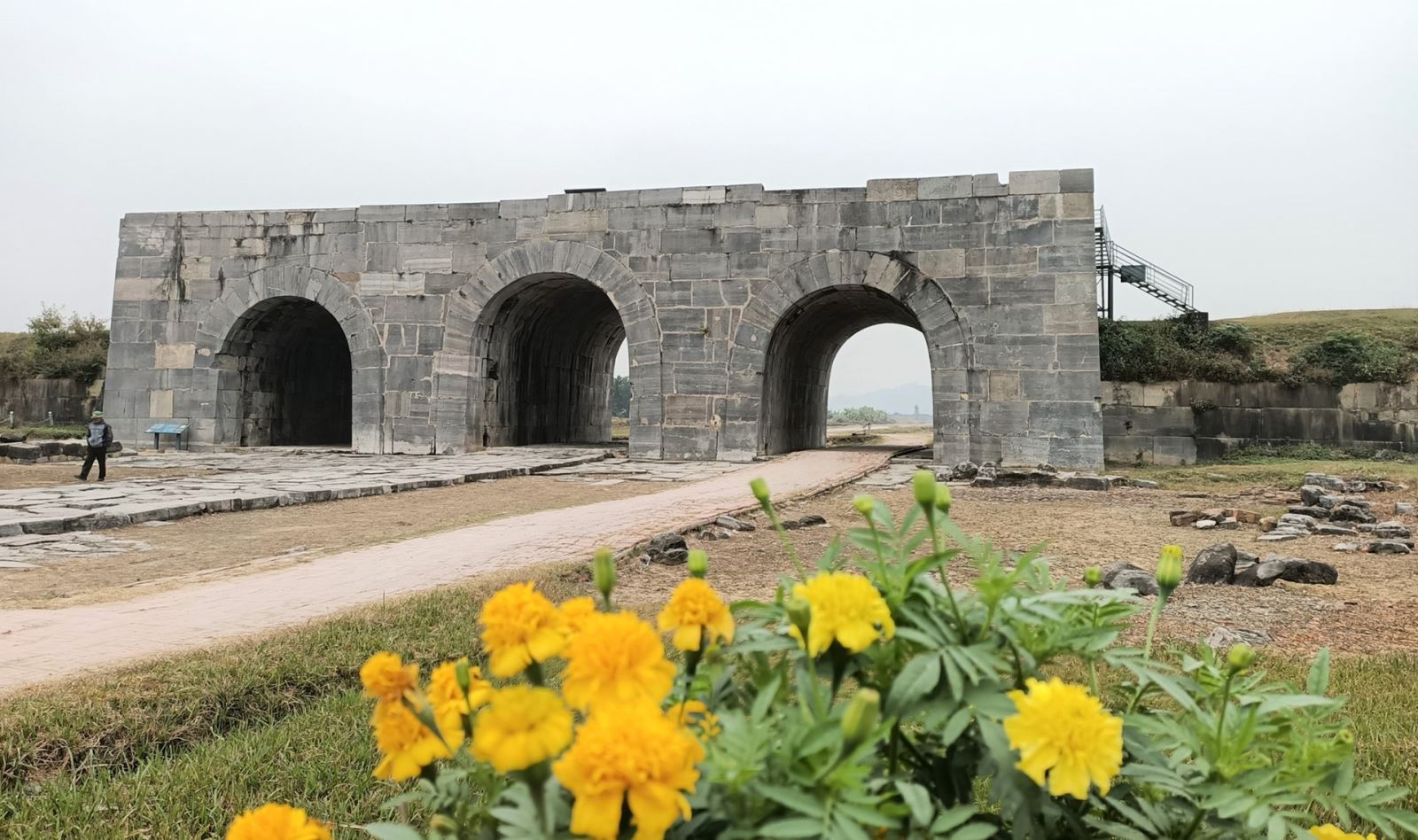





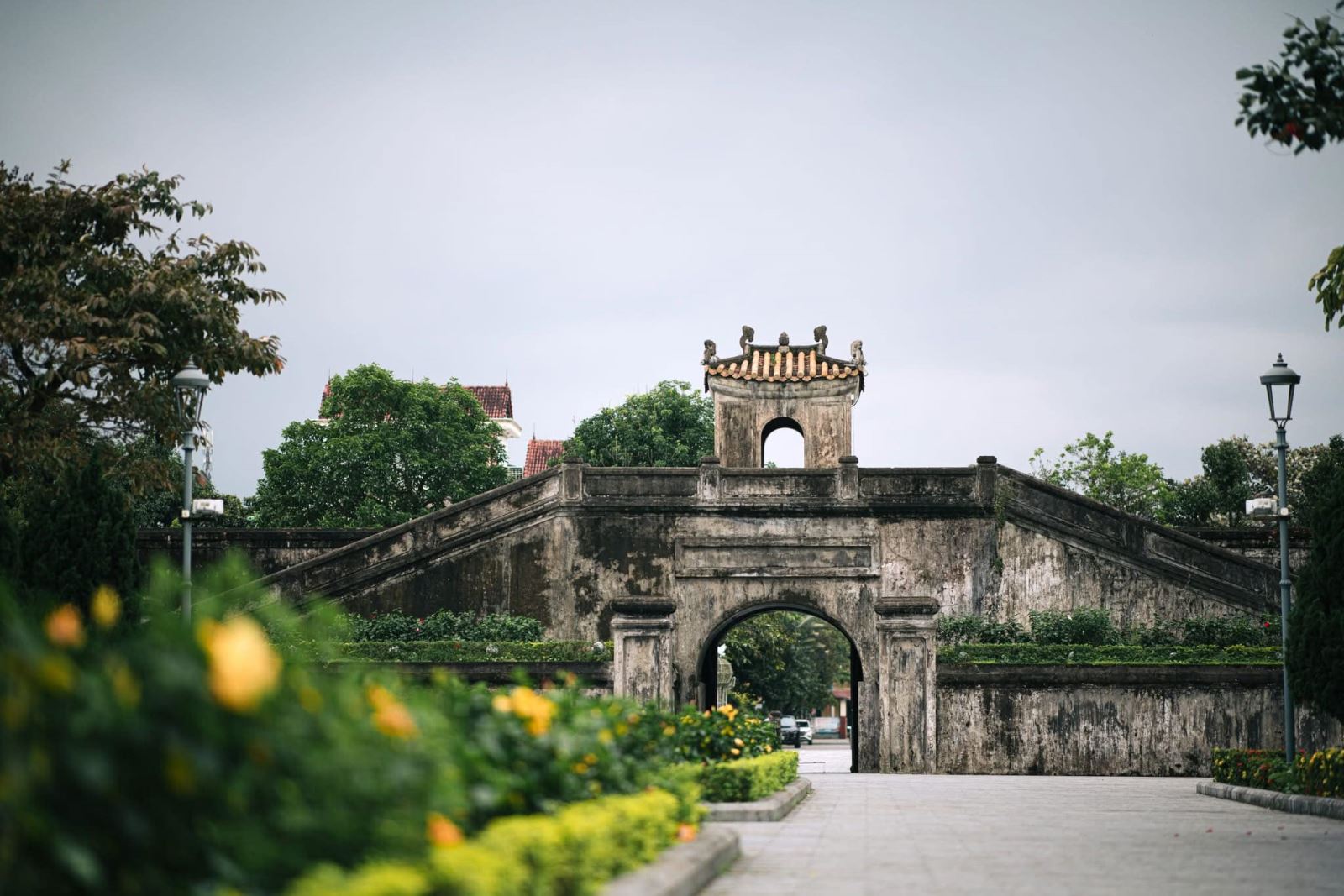

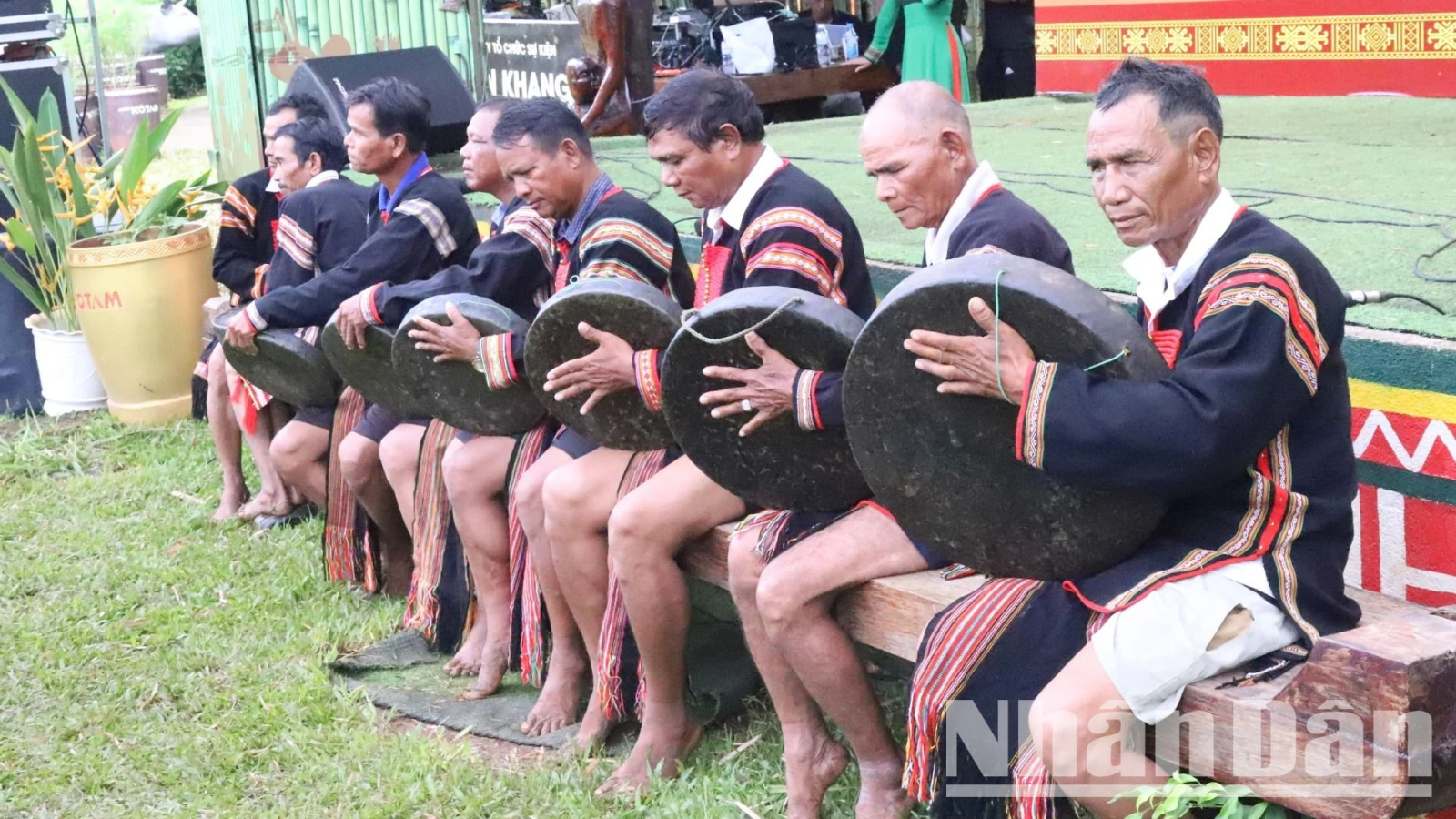


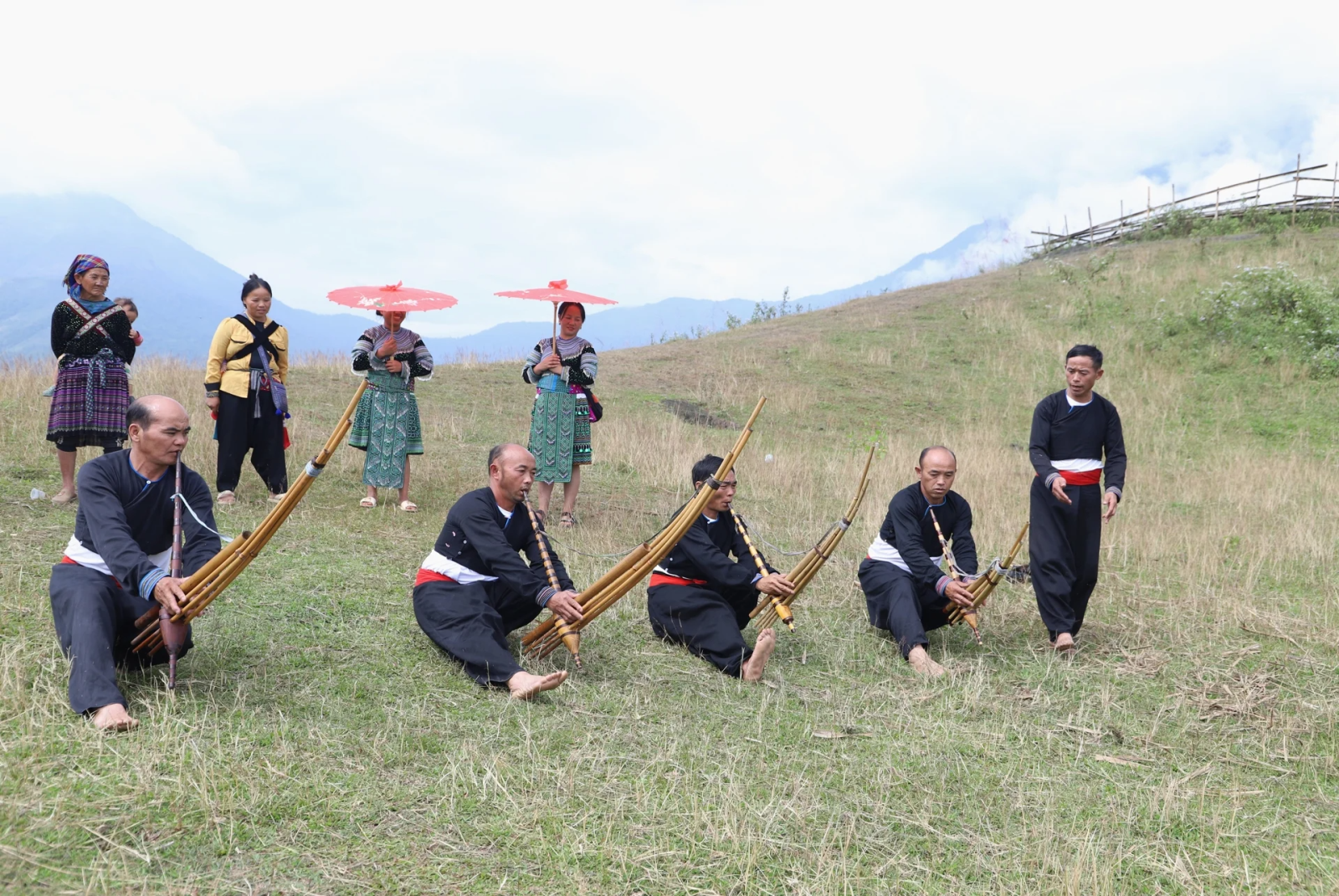
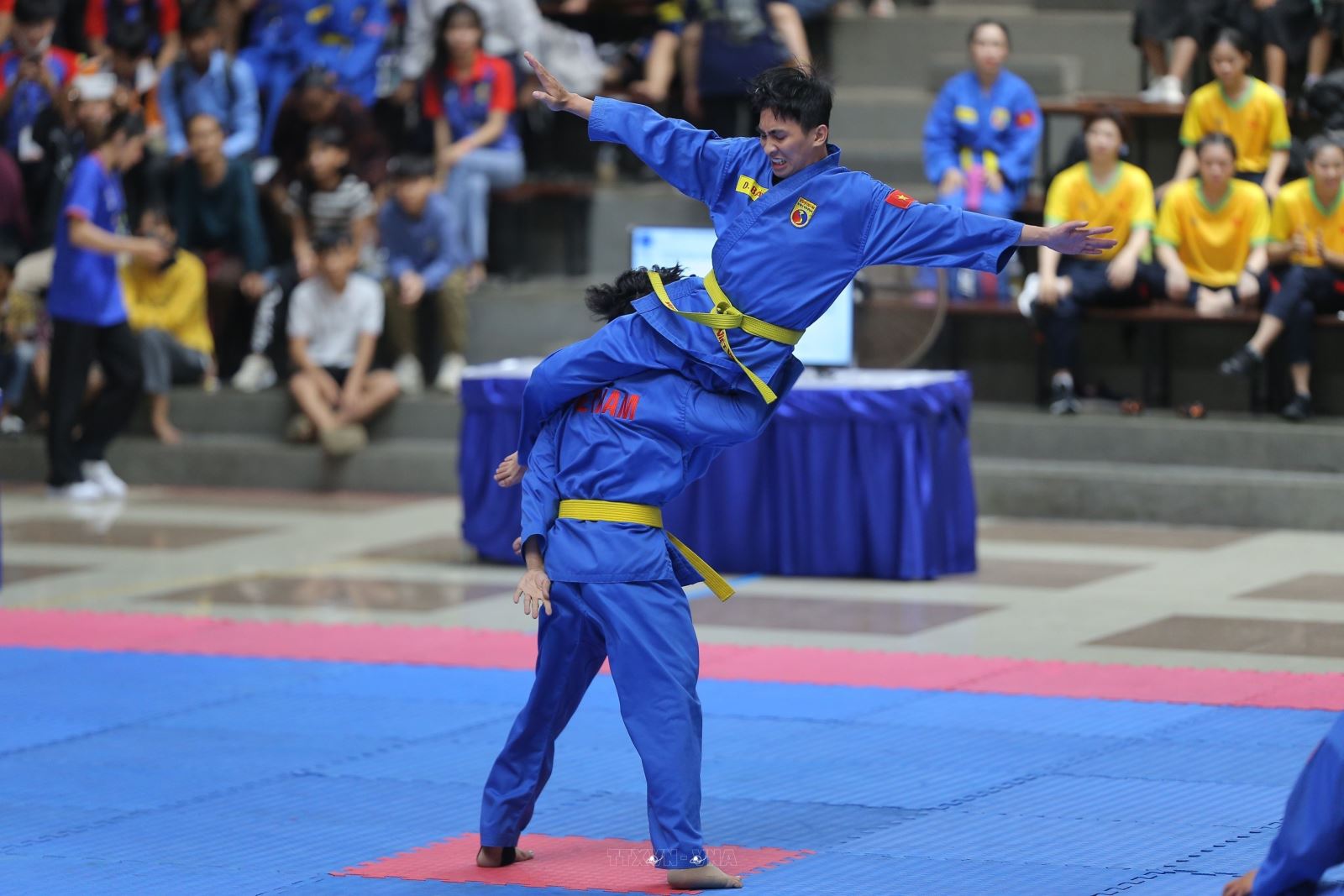


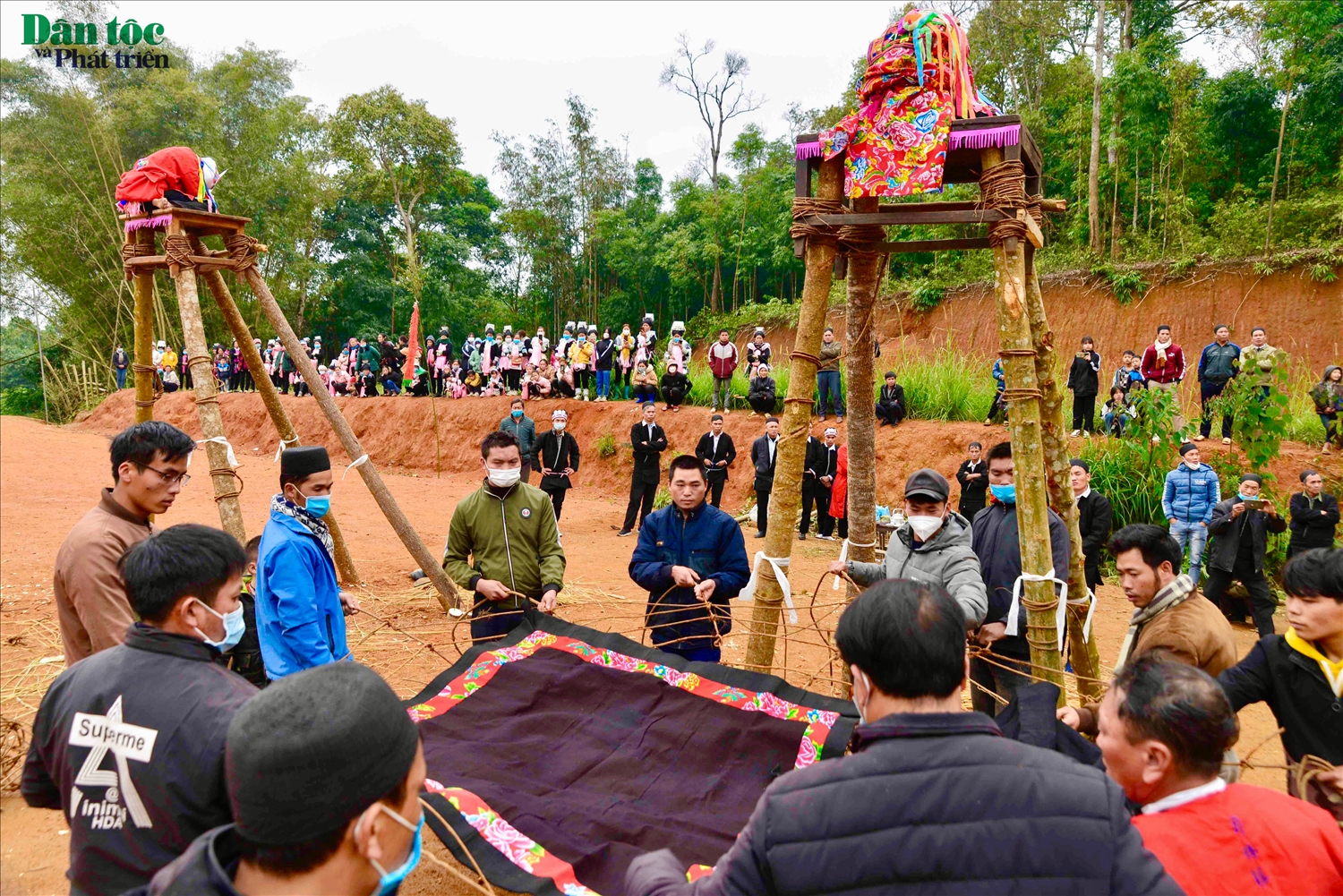
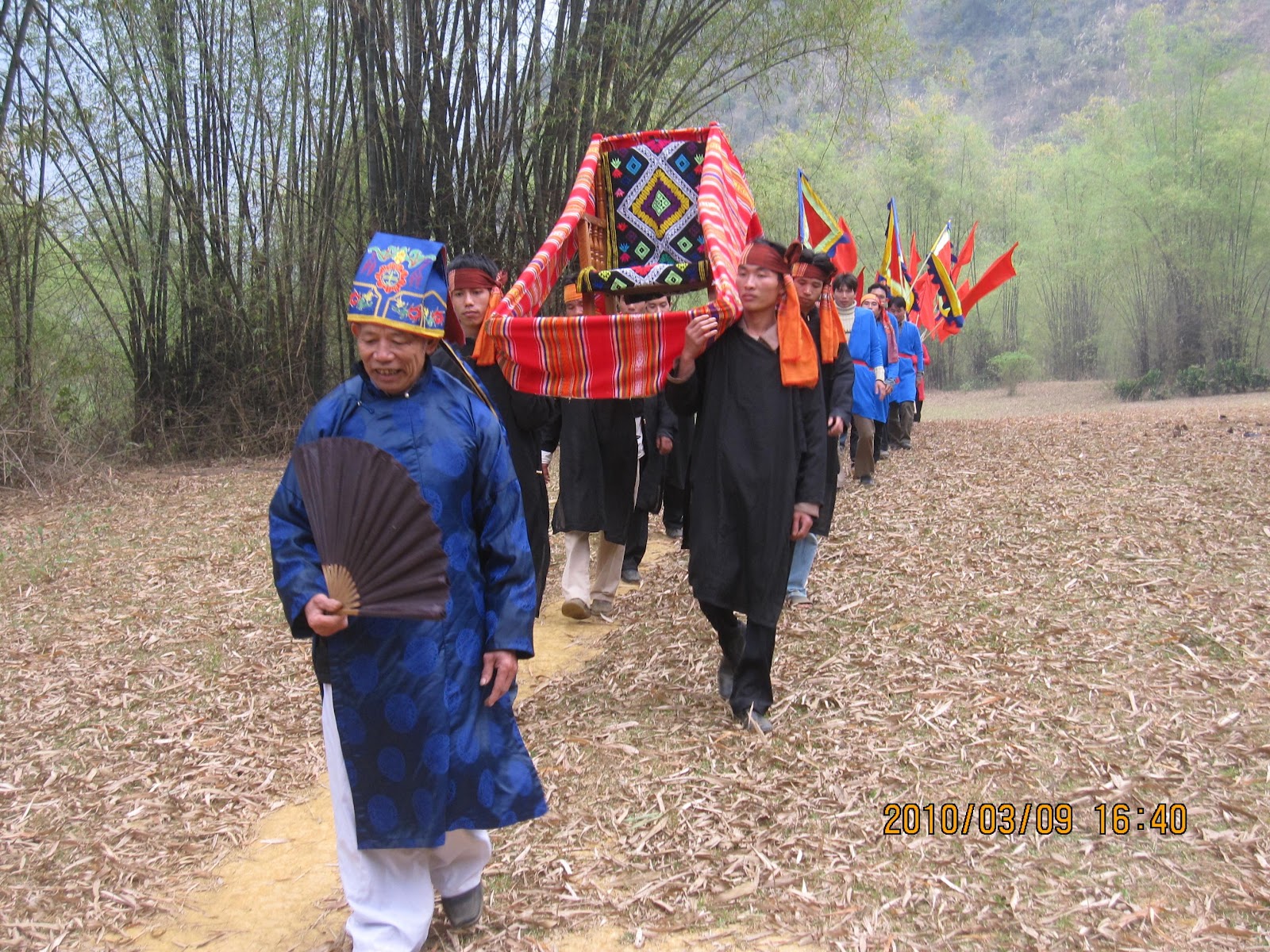

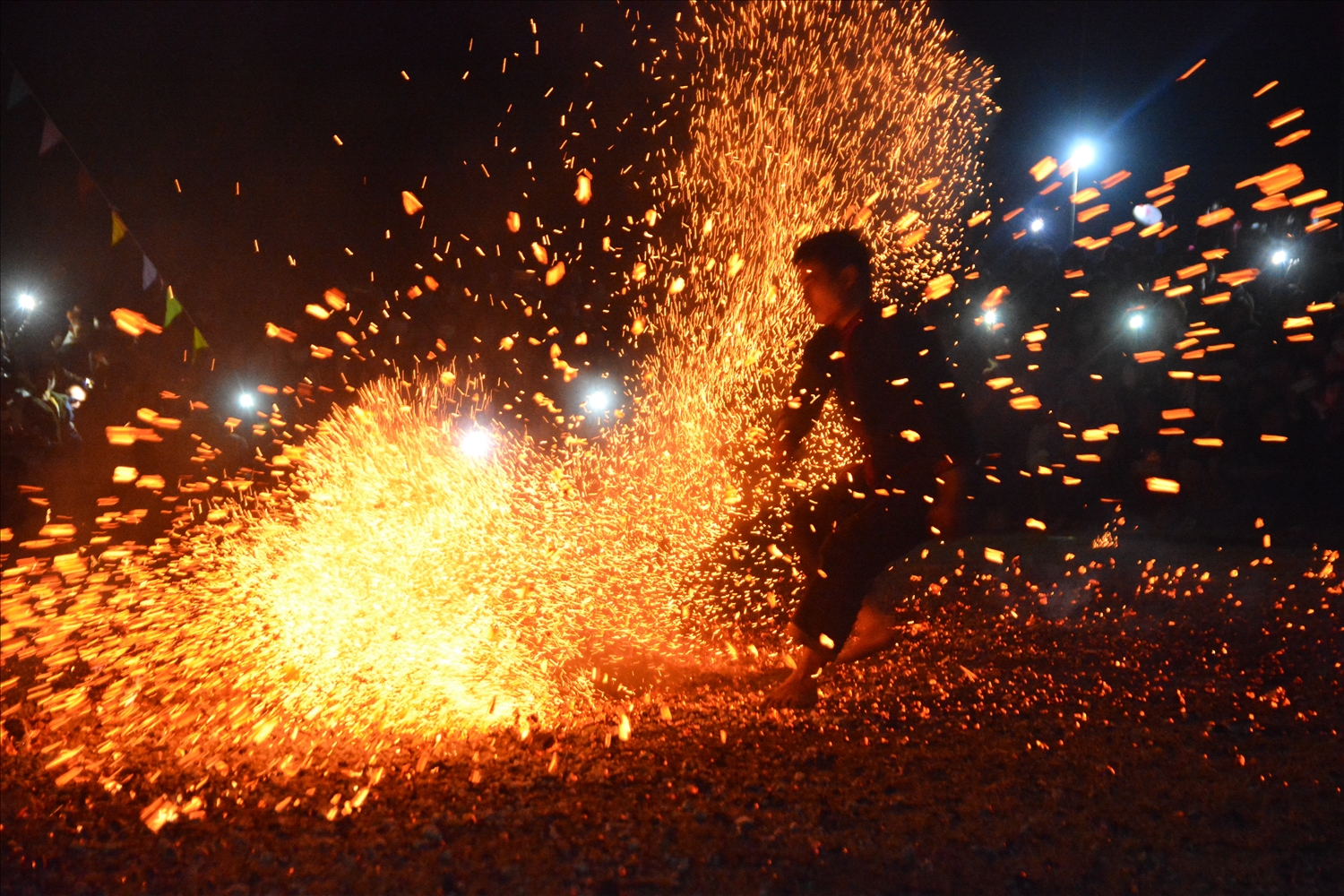
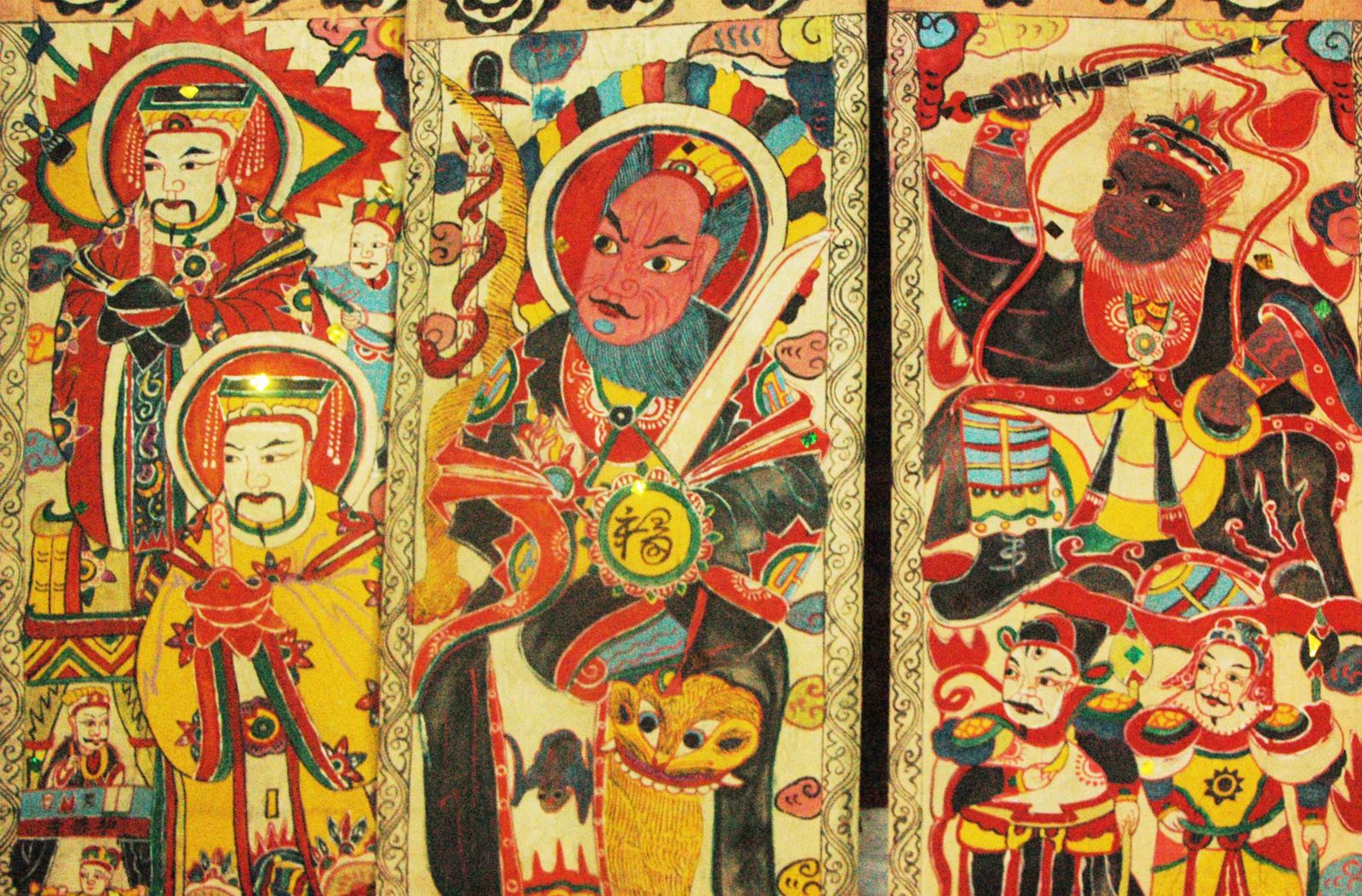

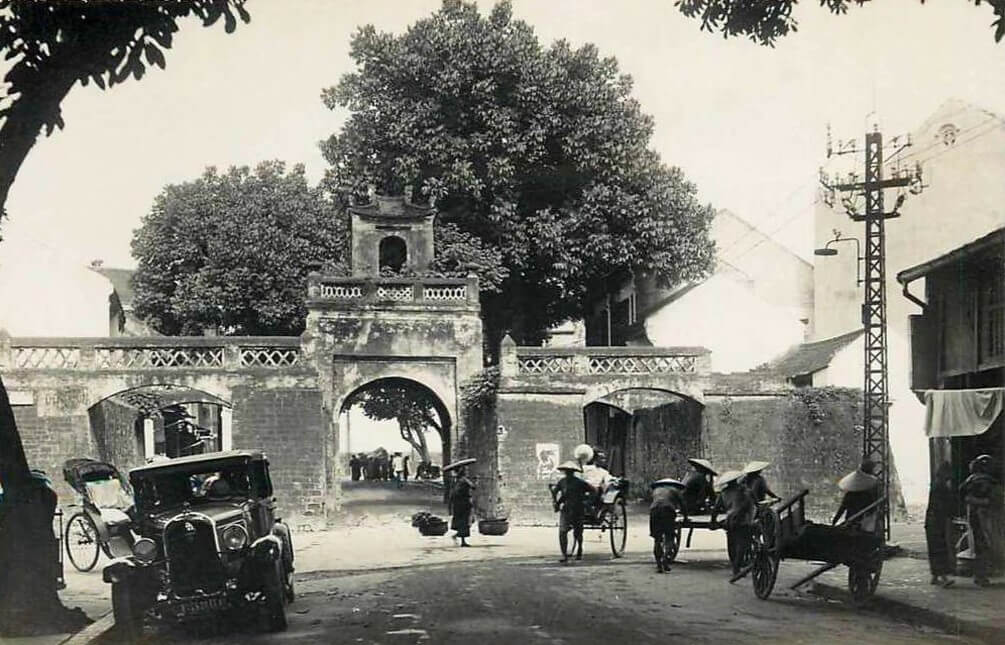

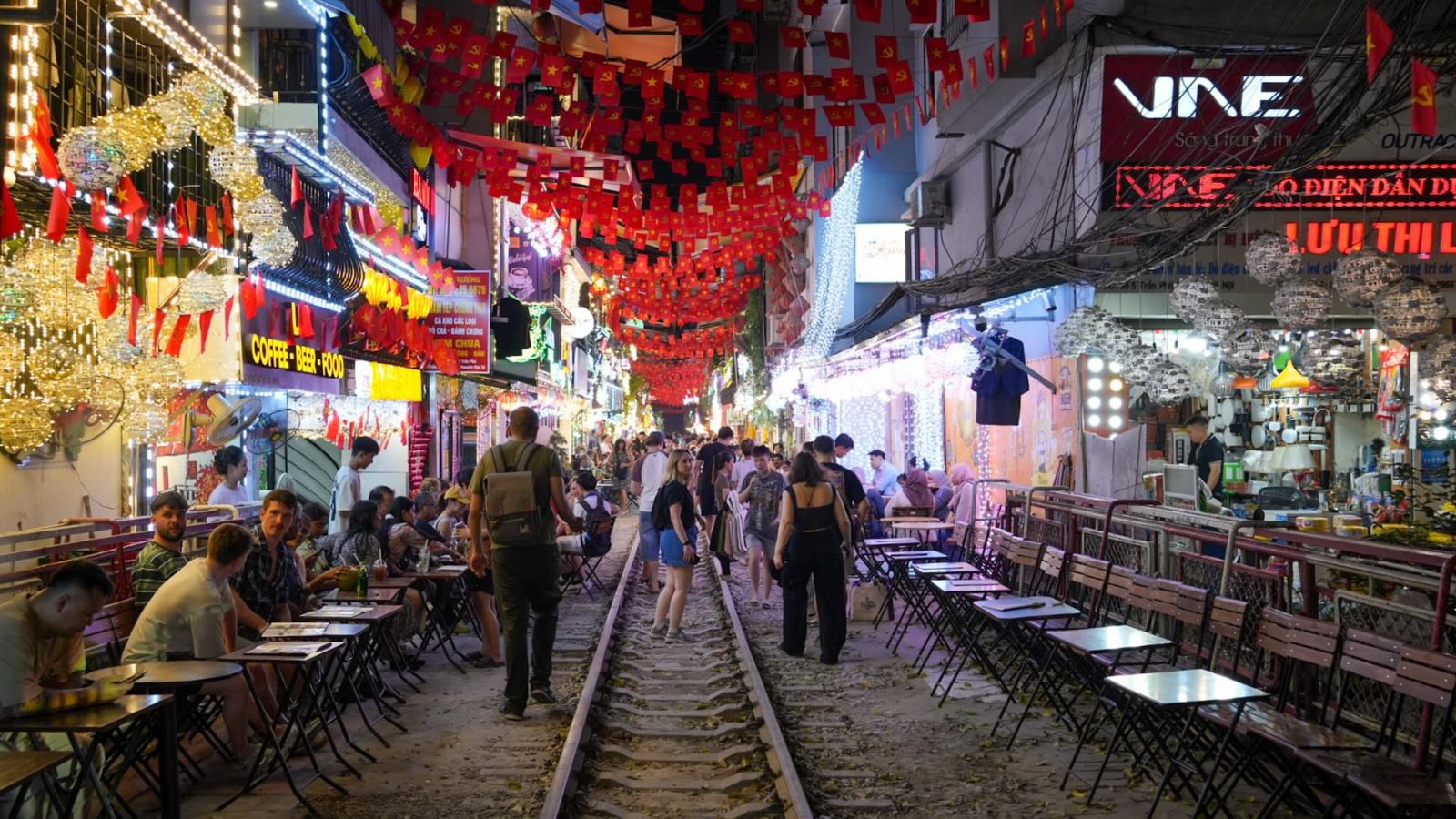
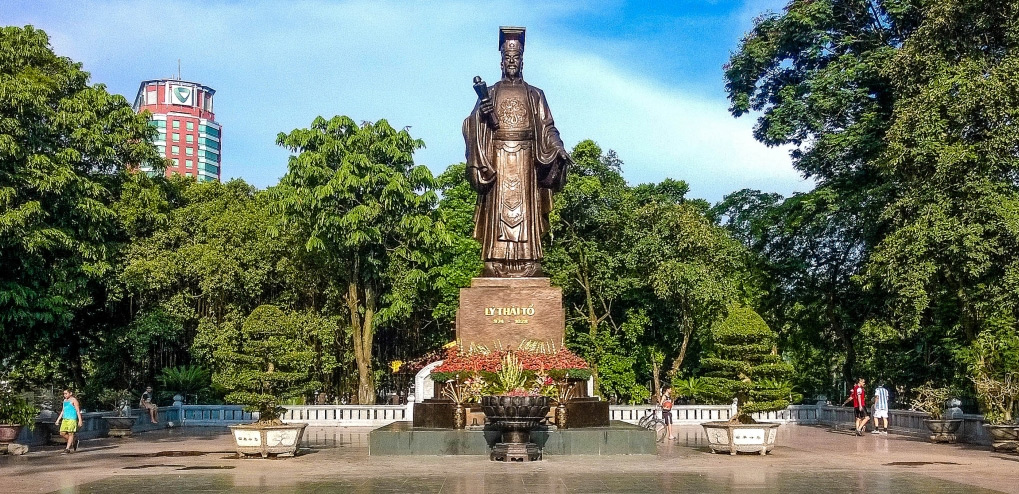



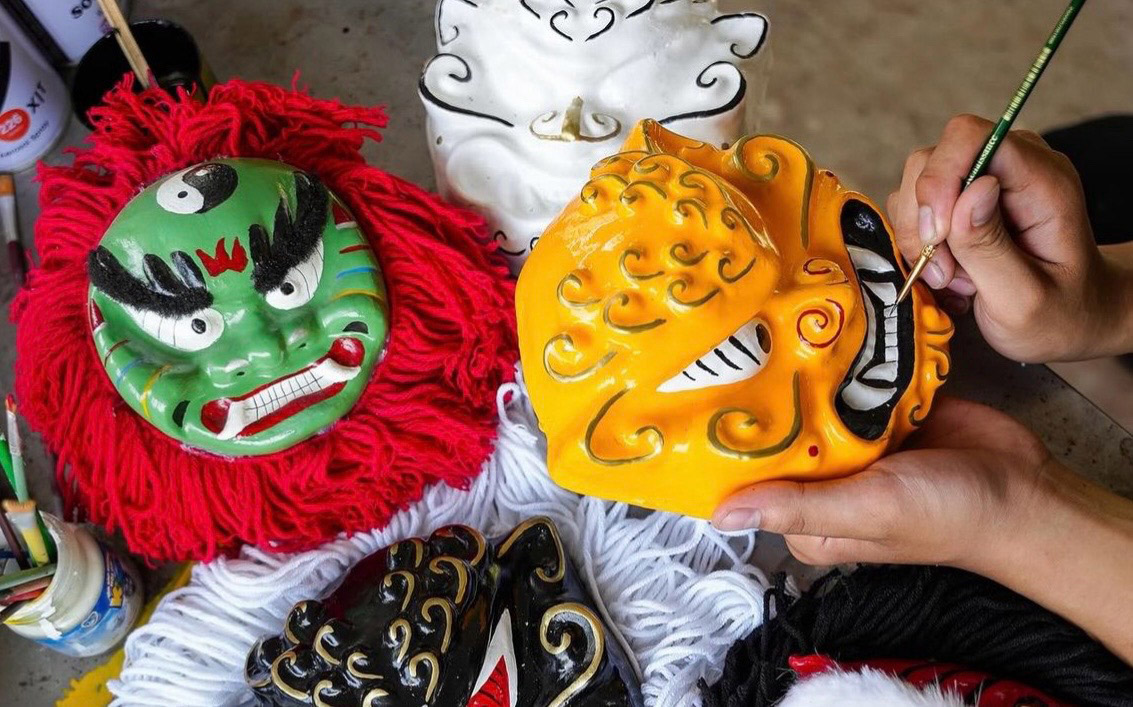
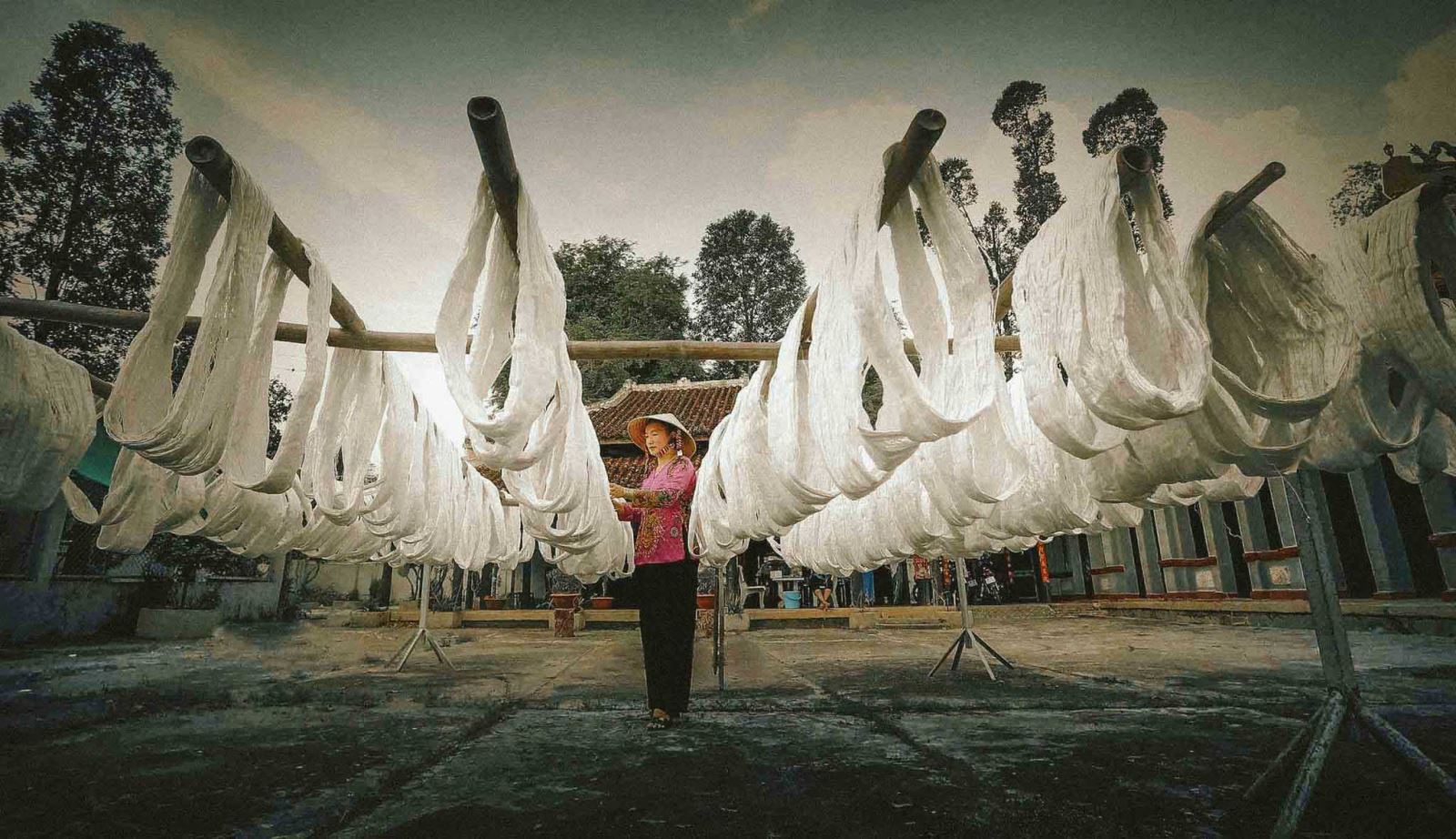

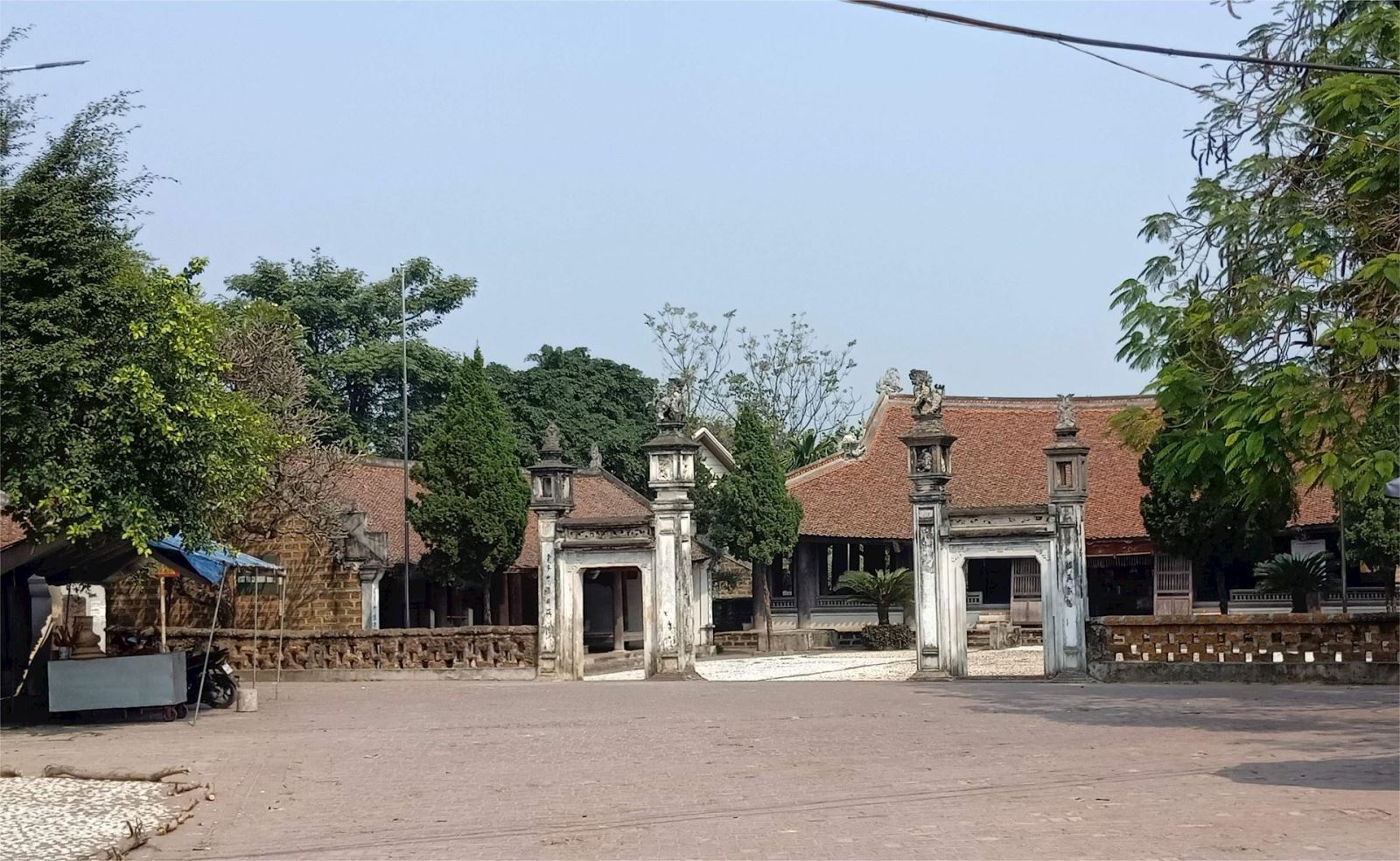
.png)